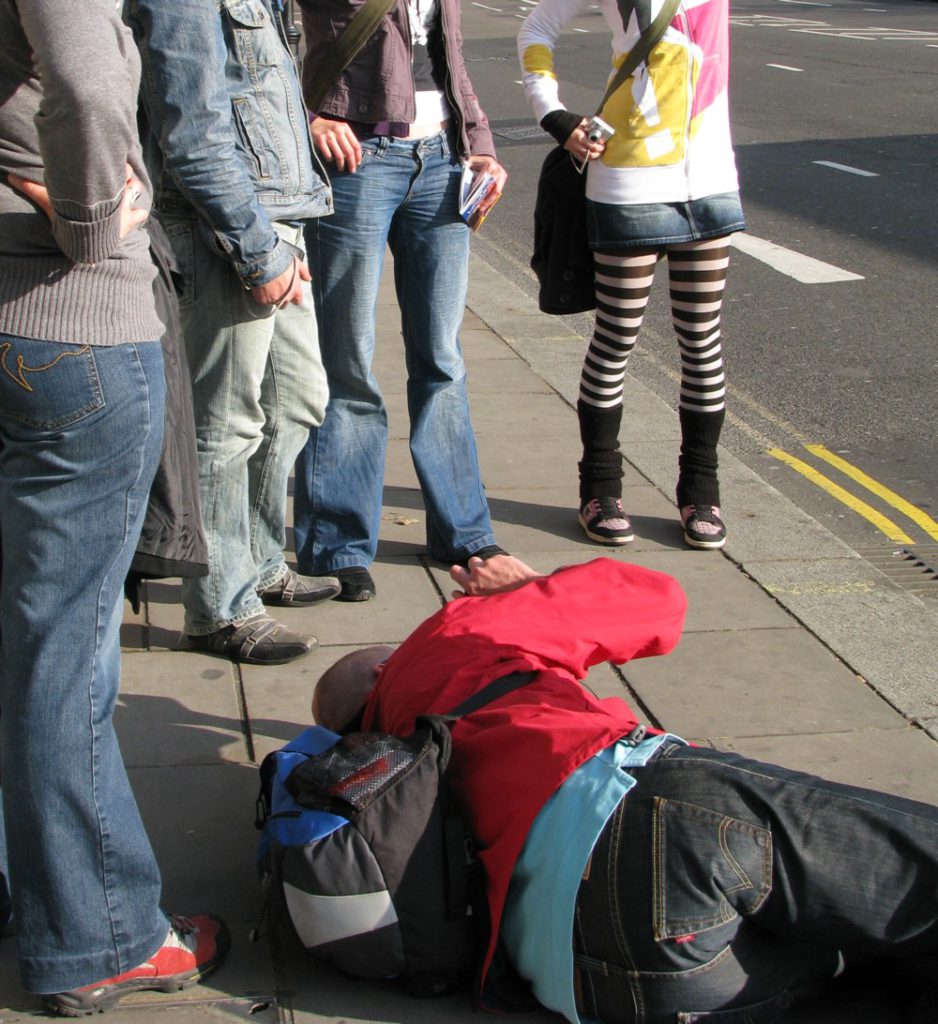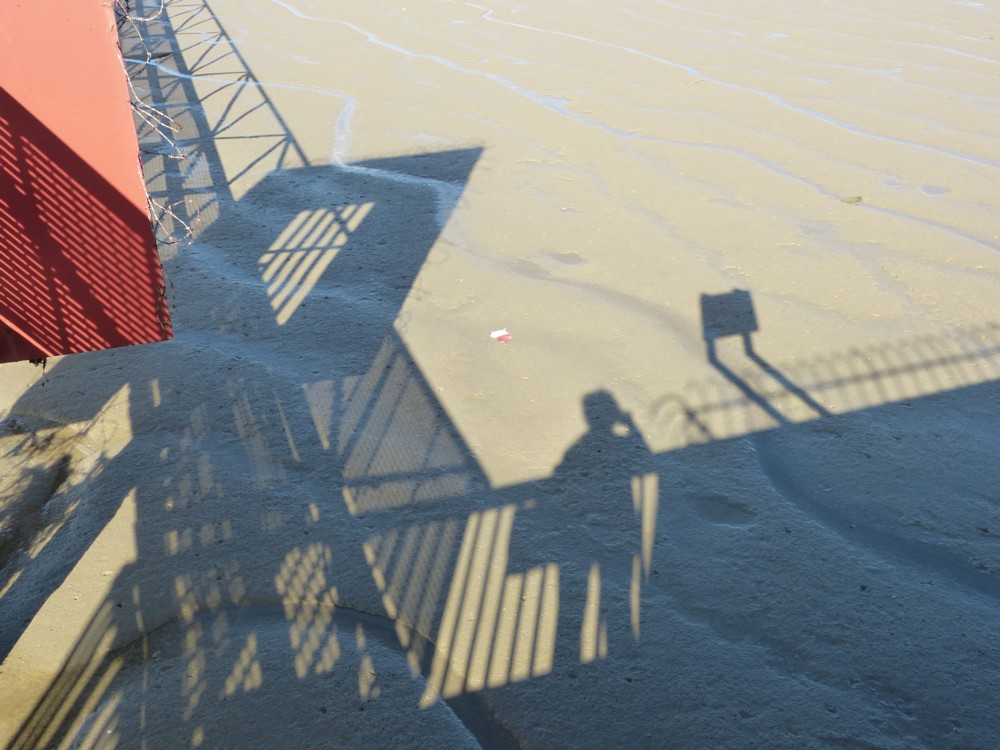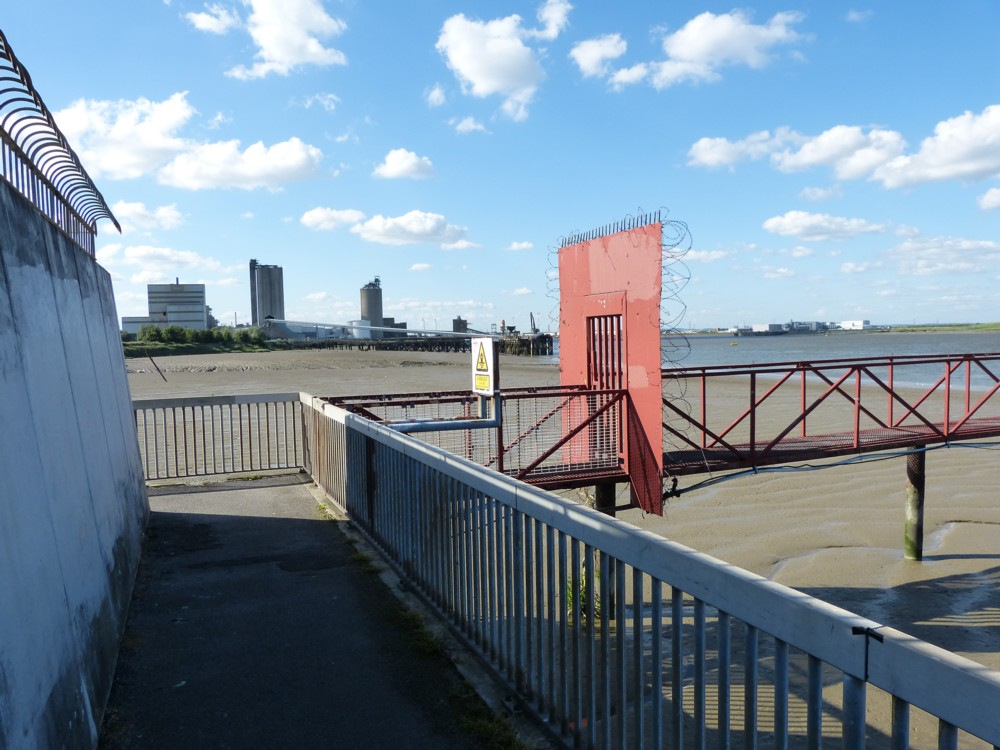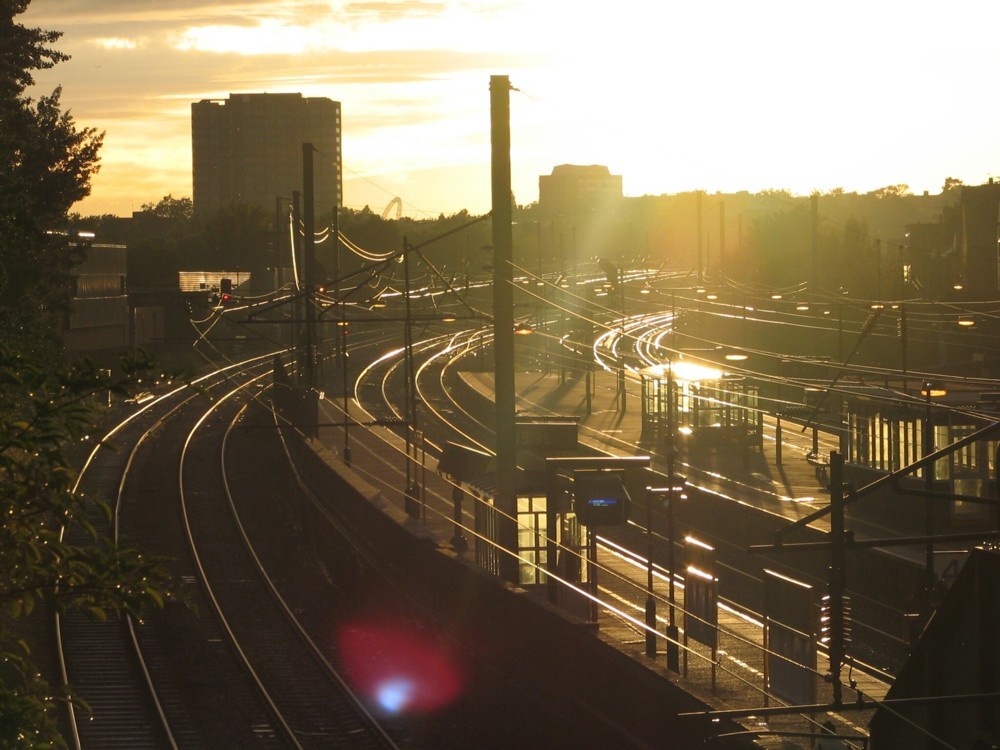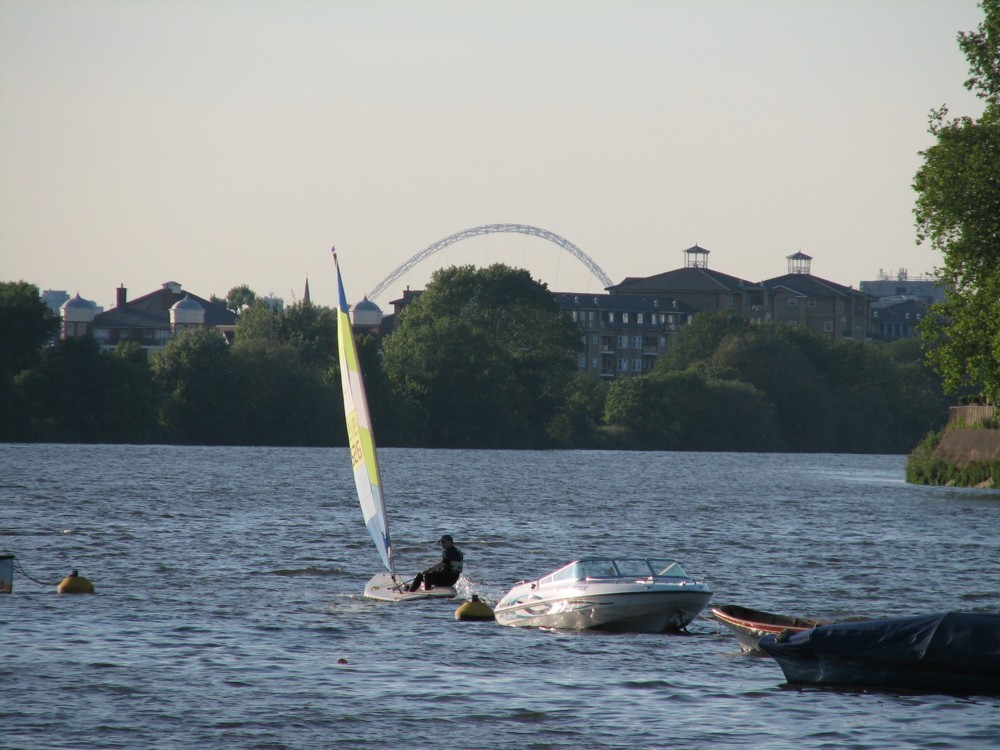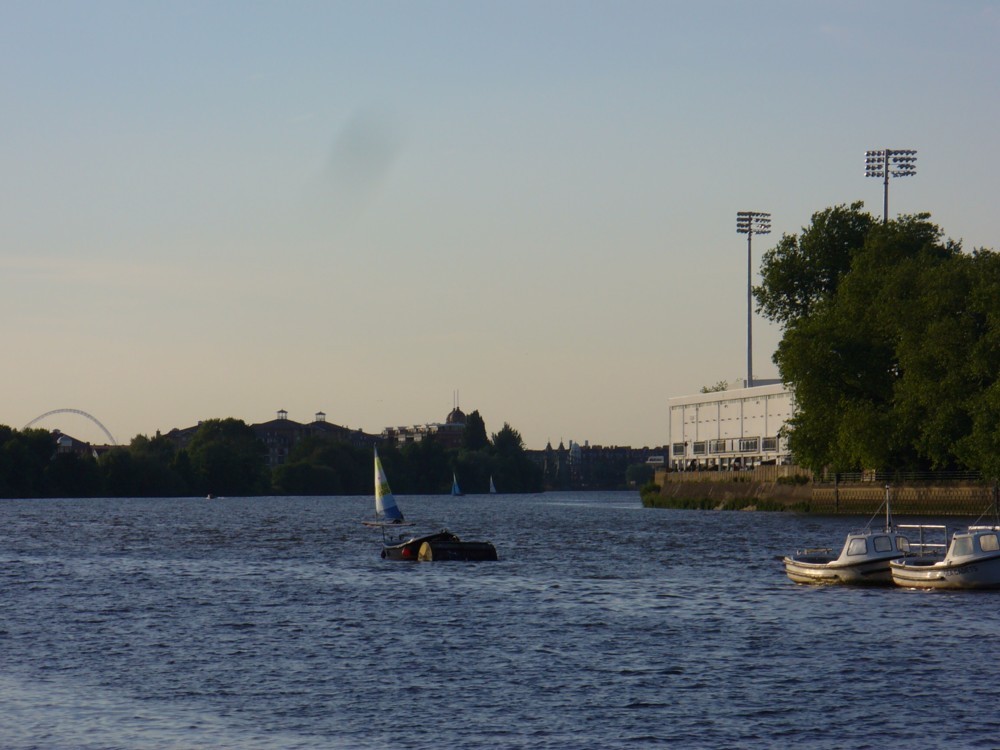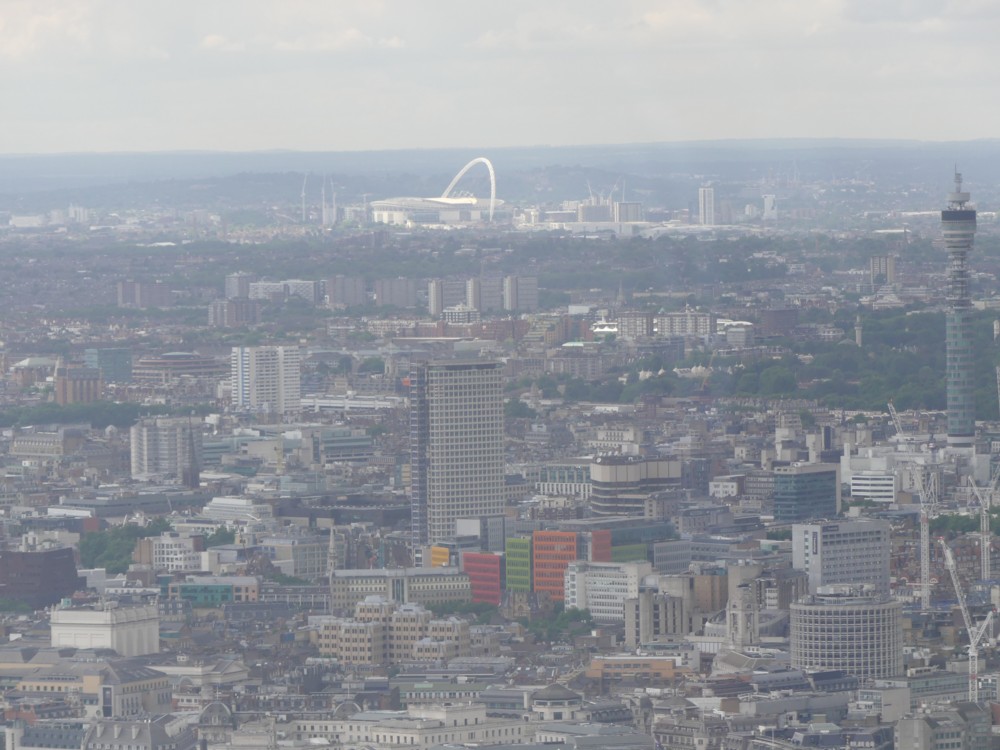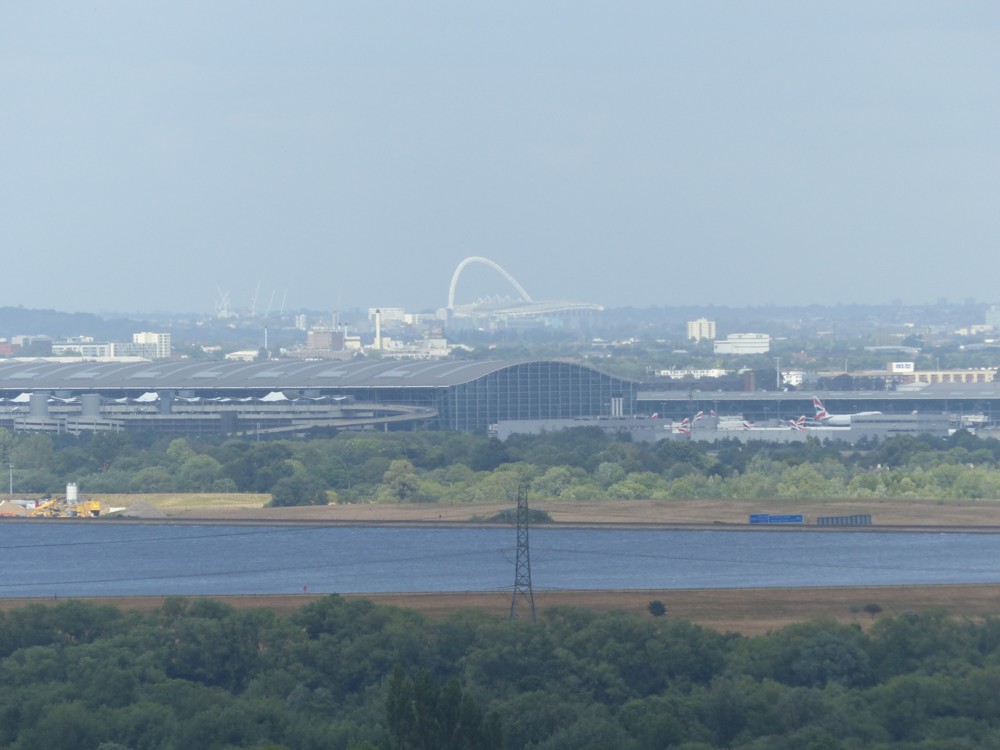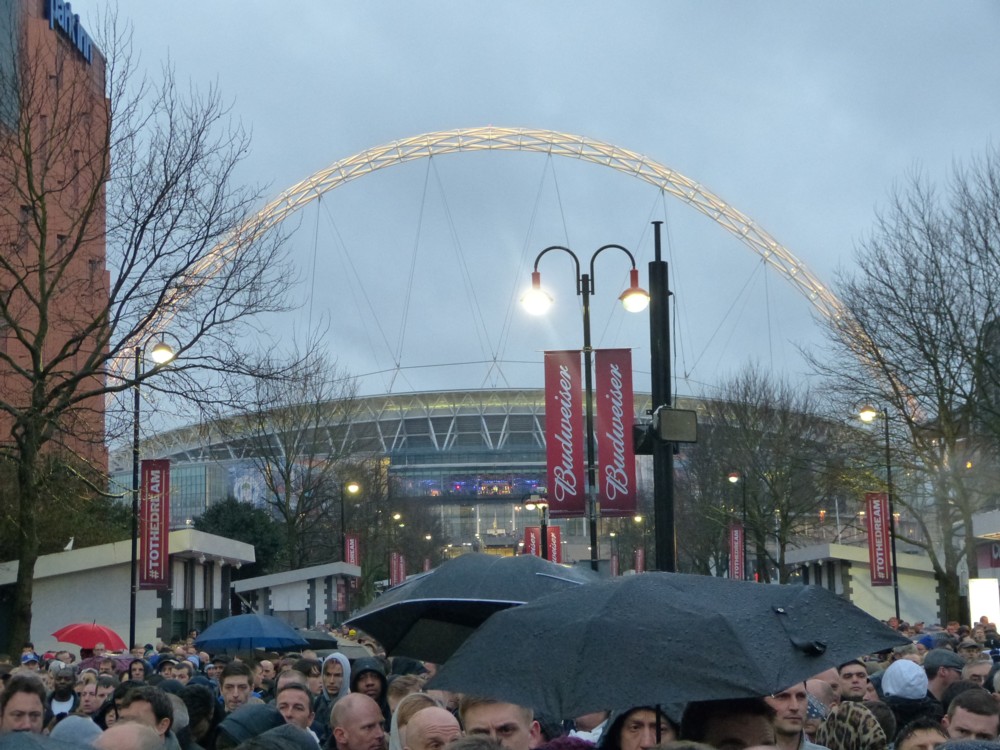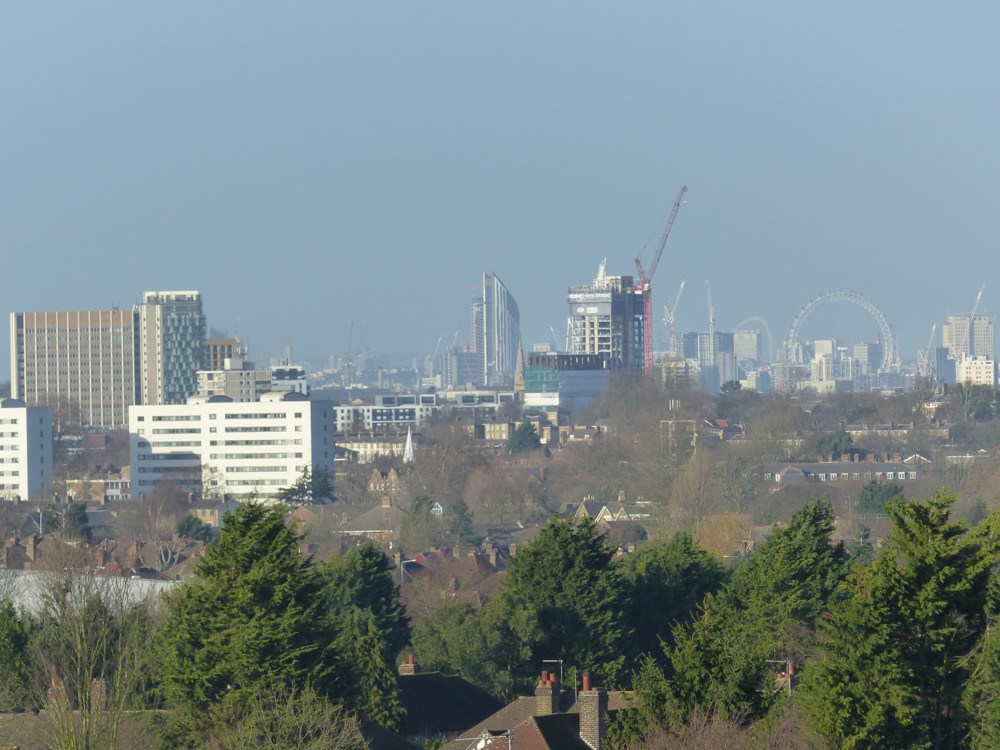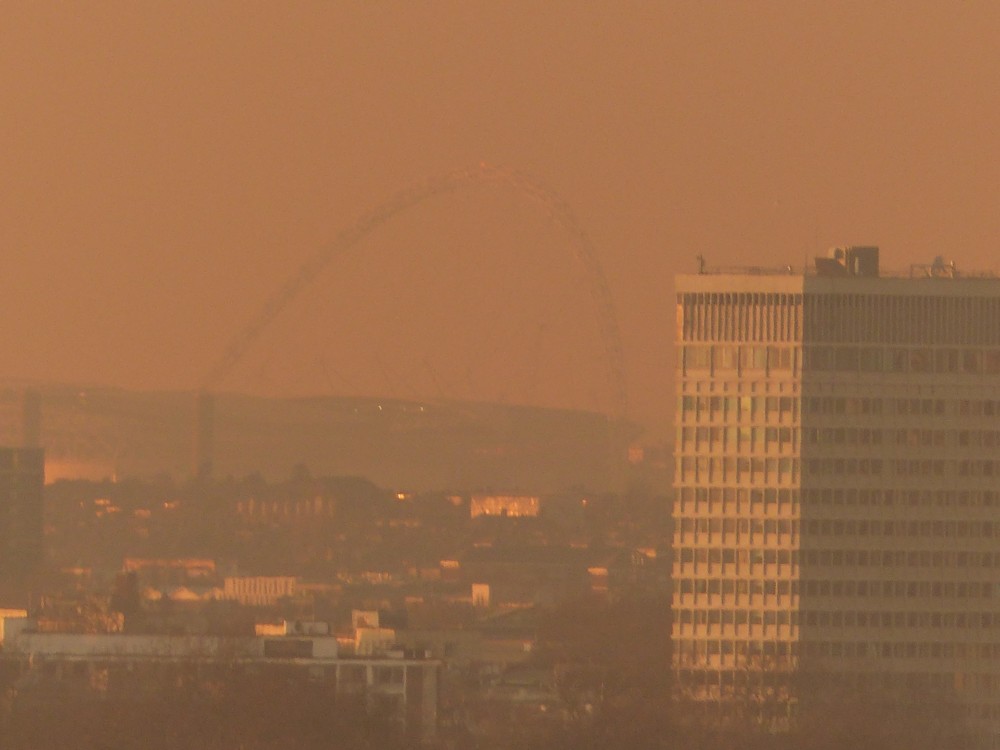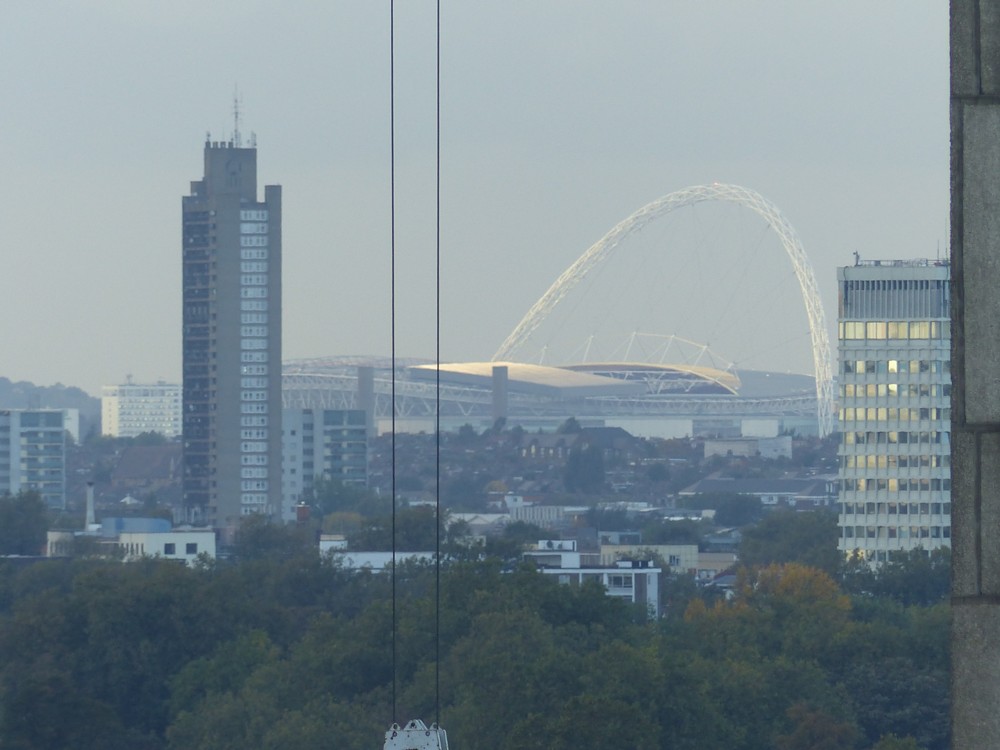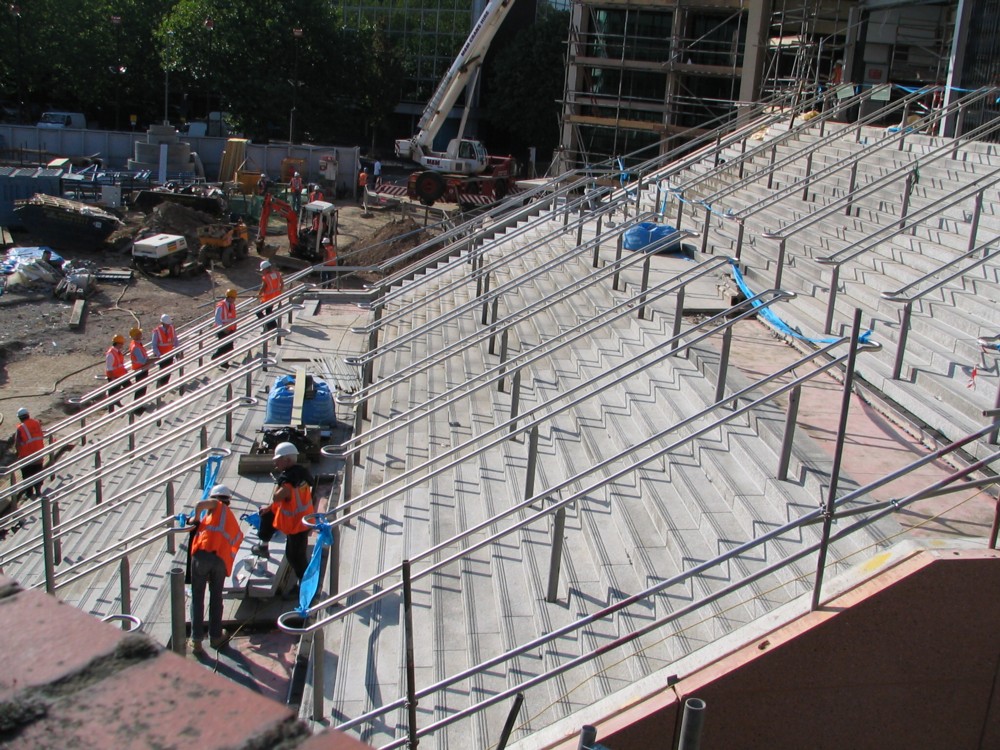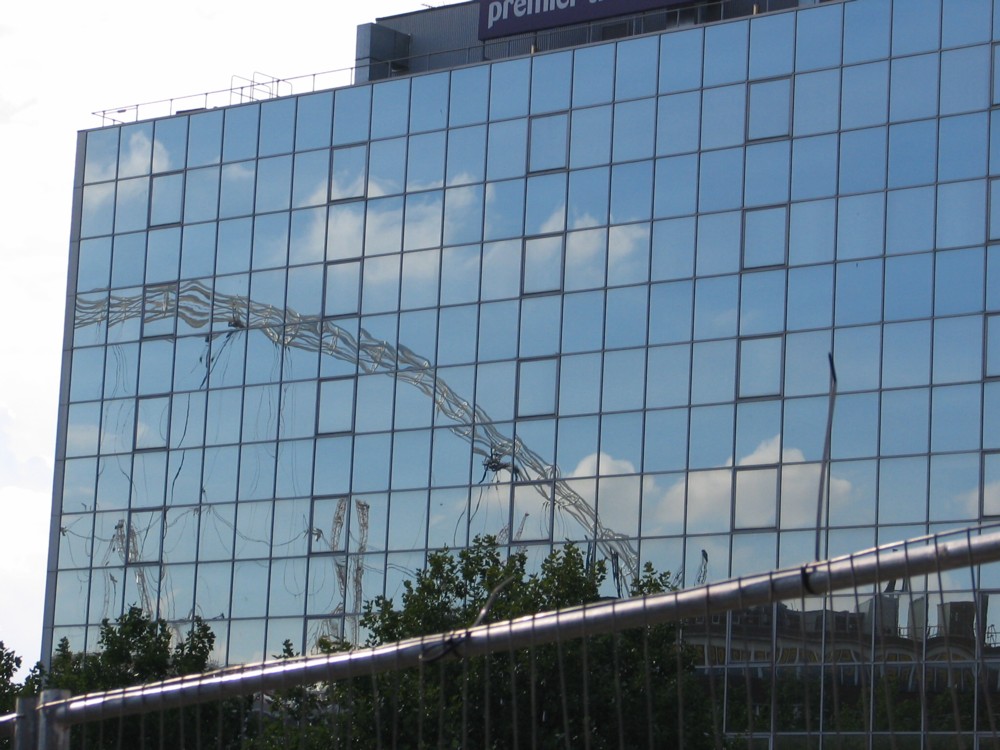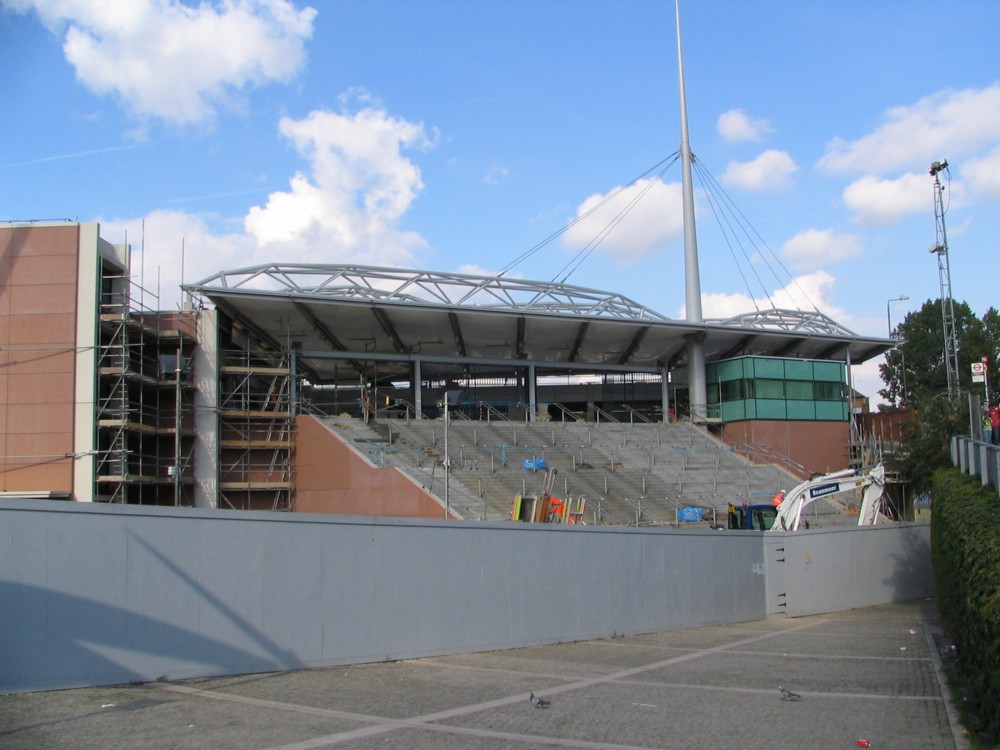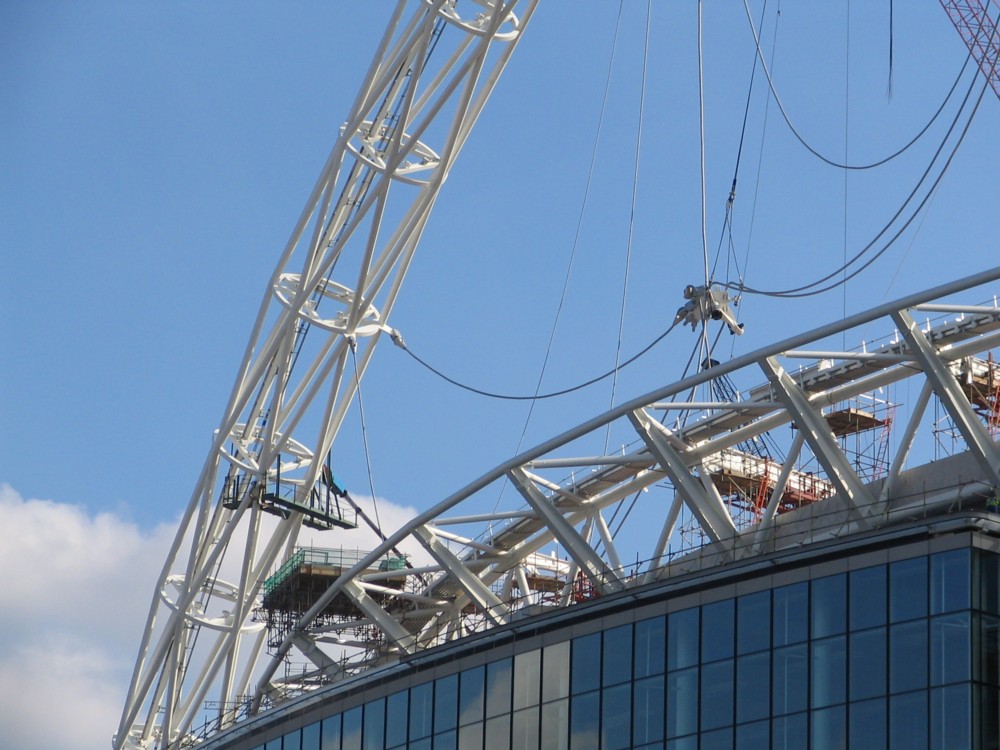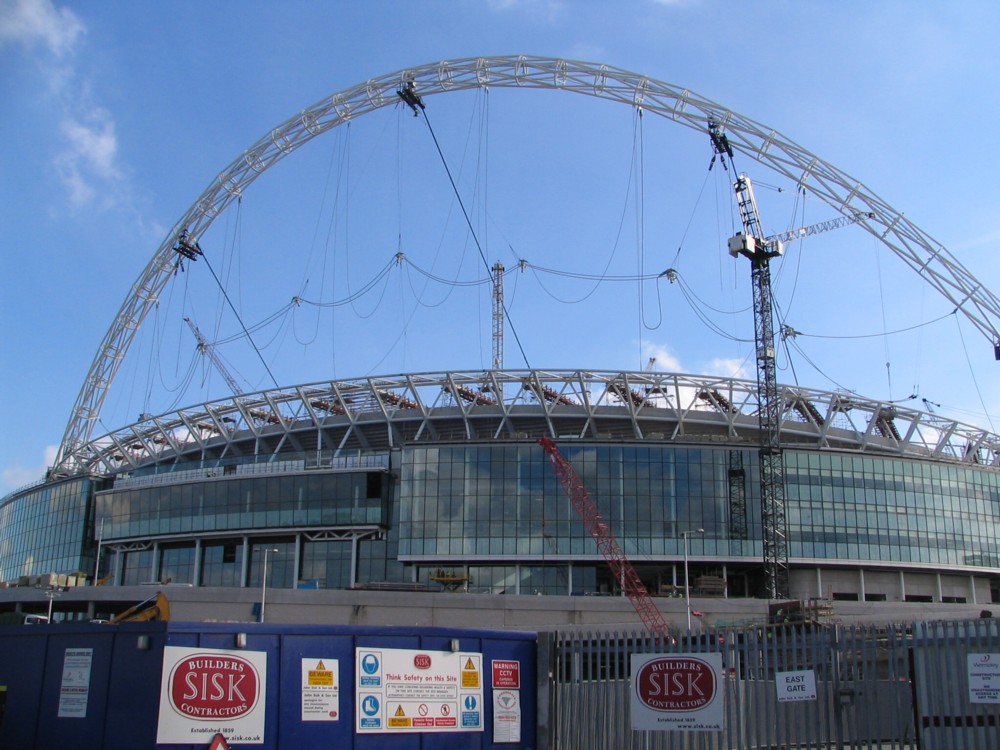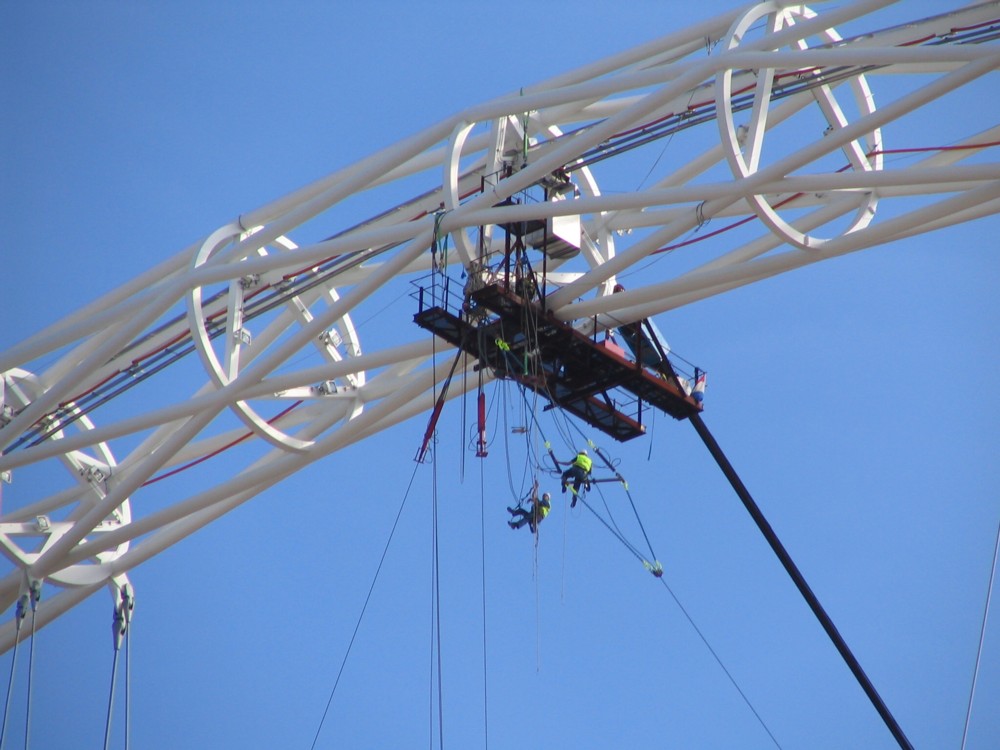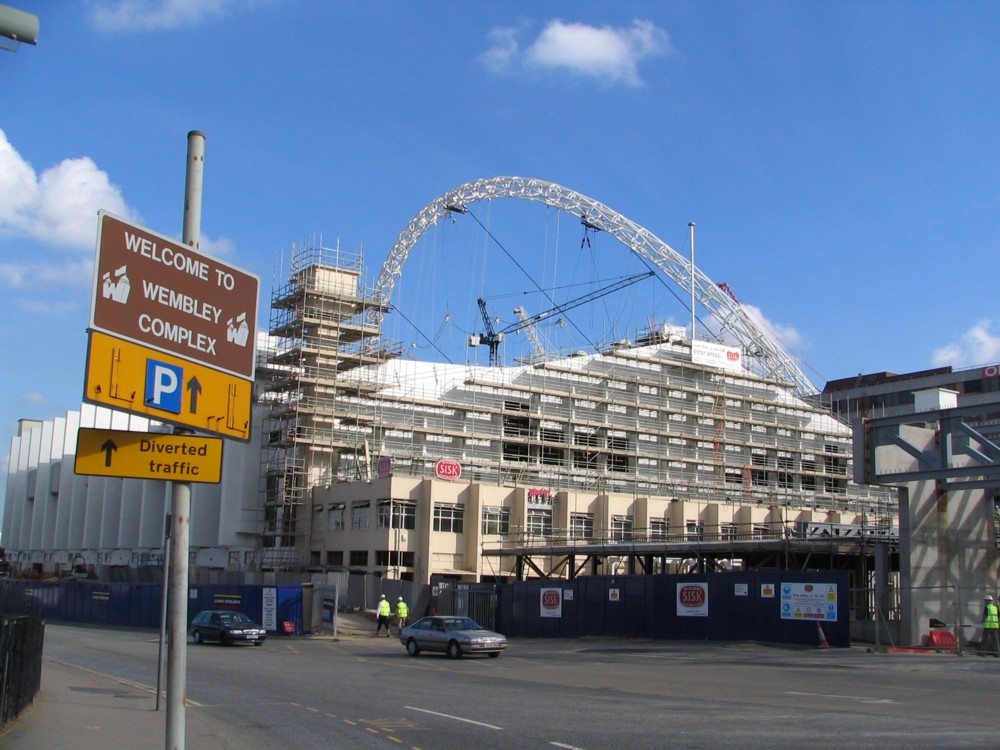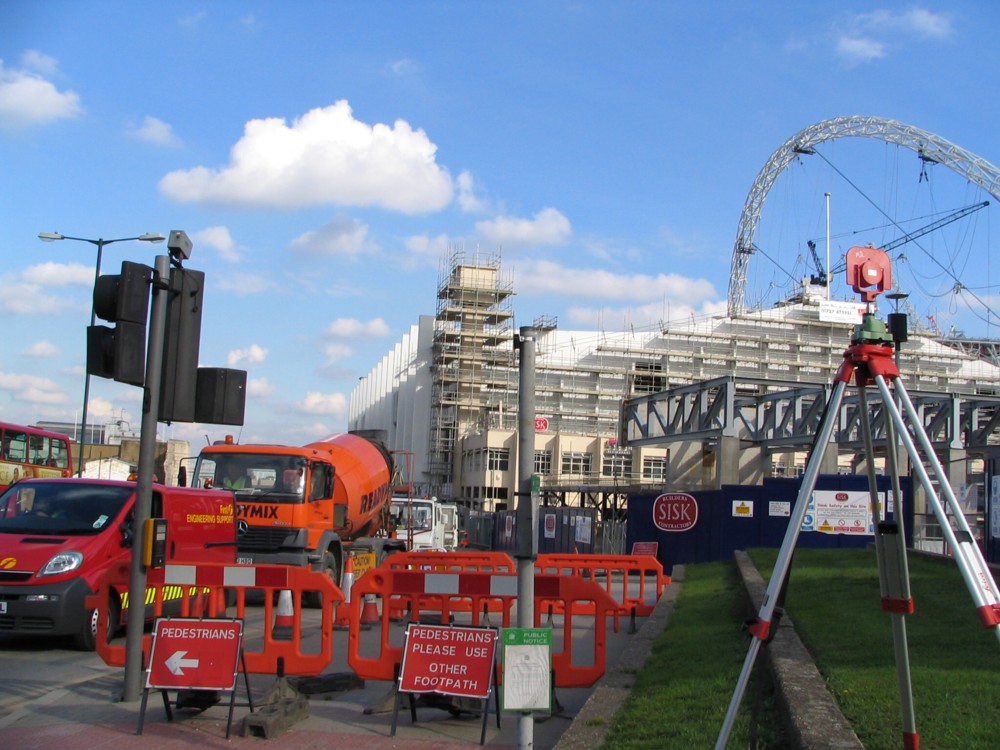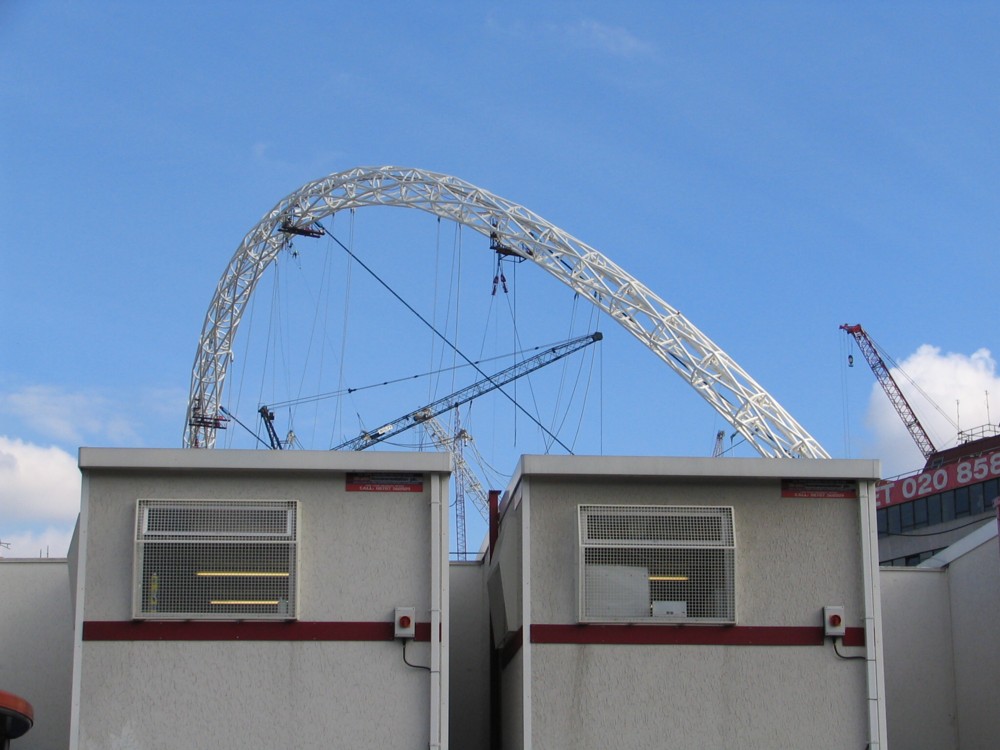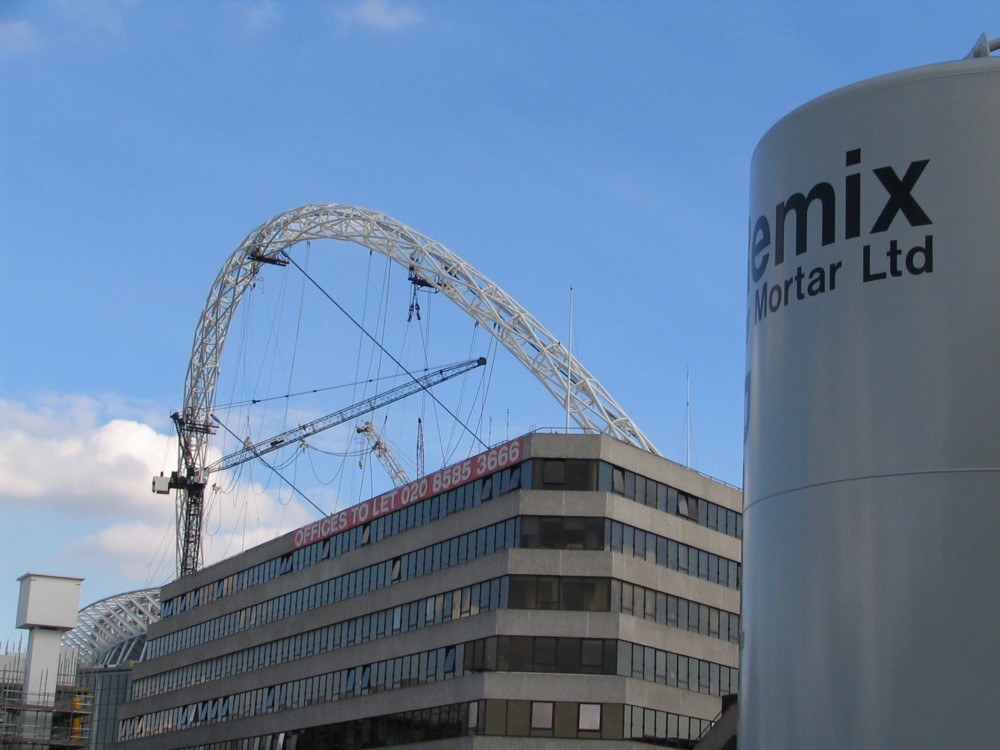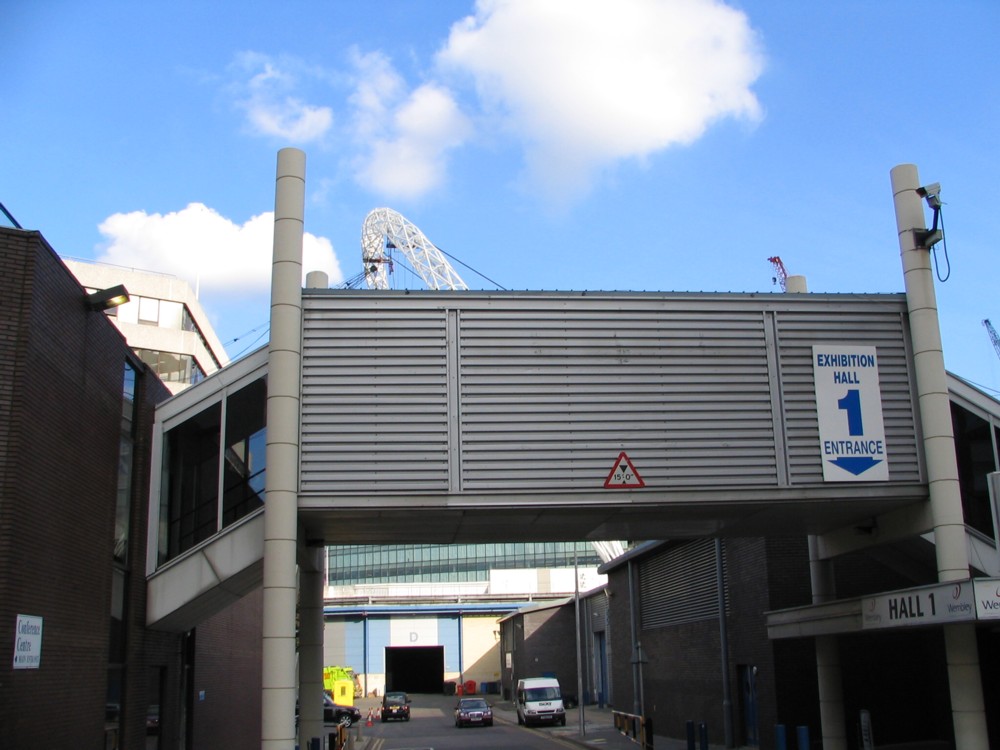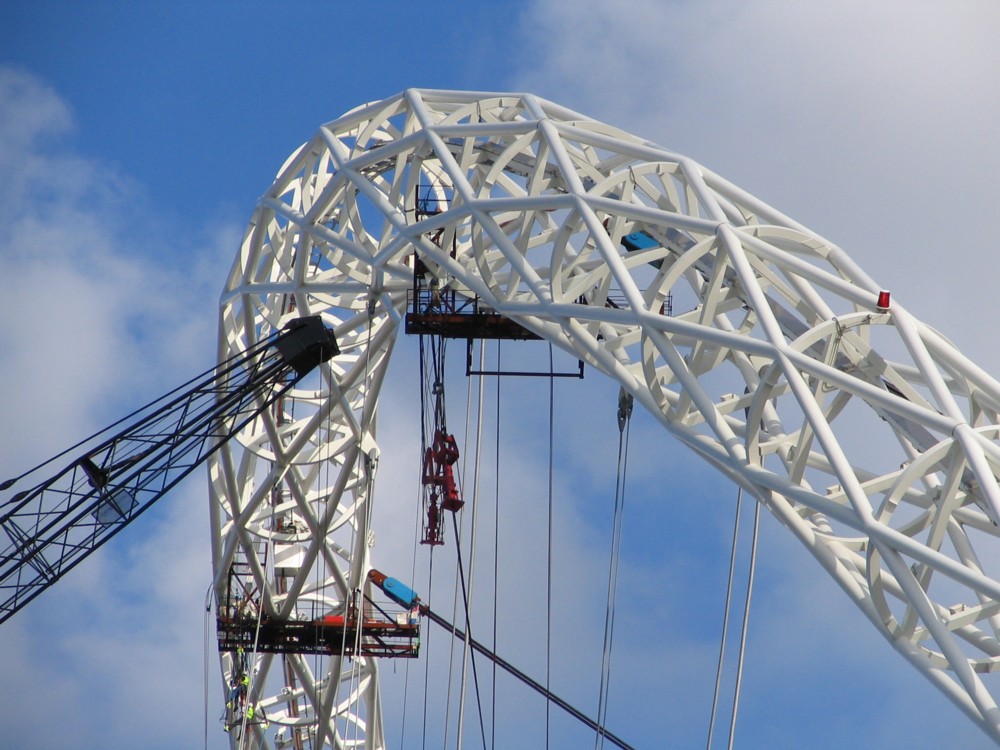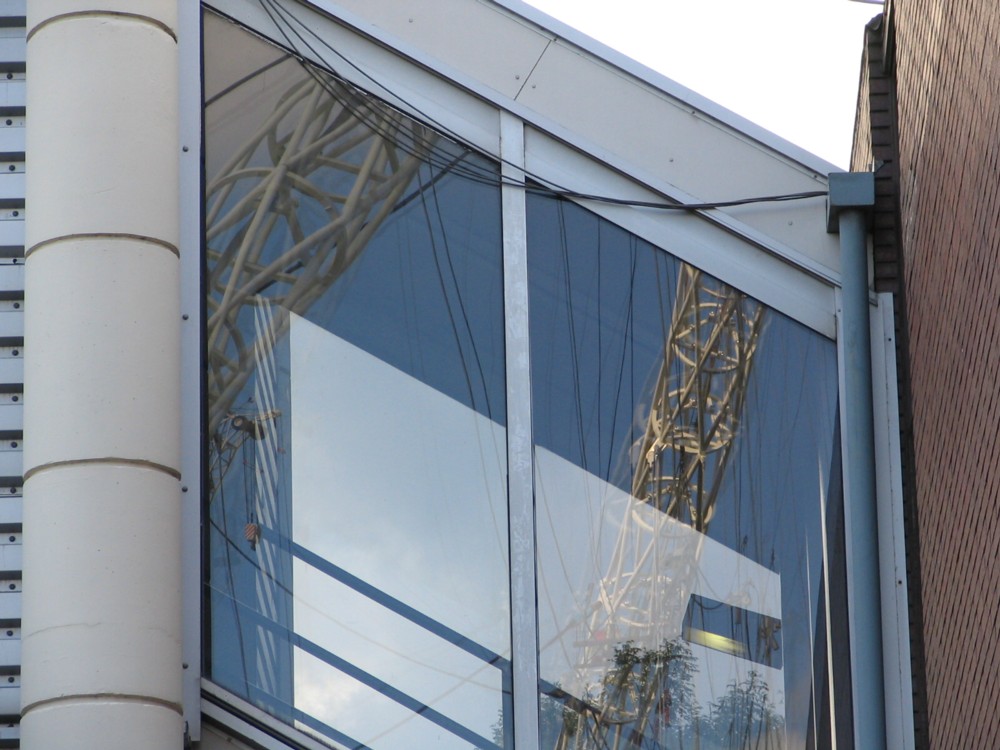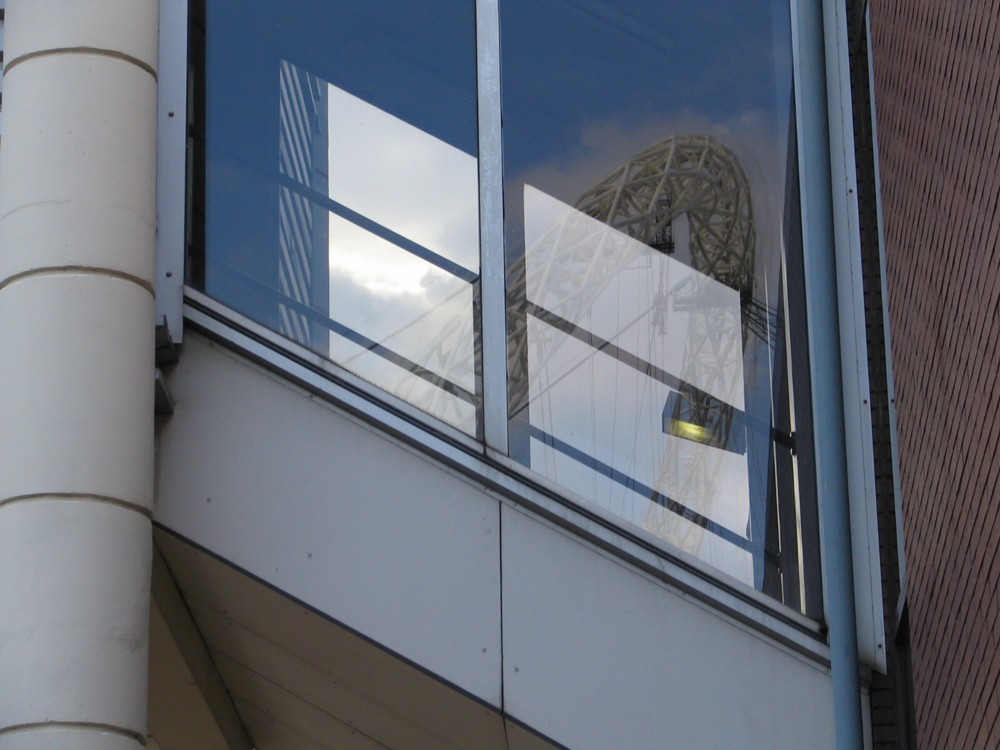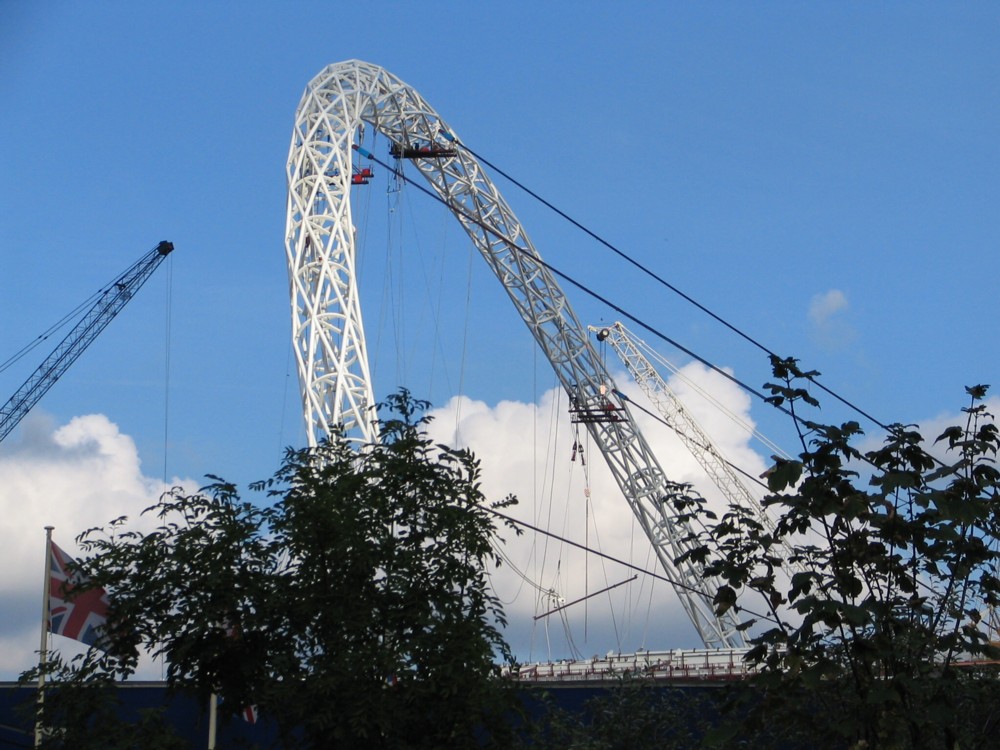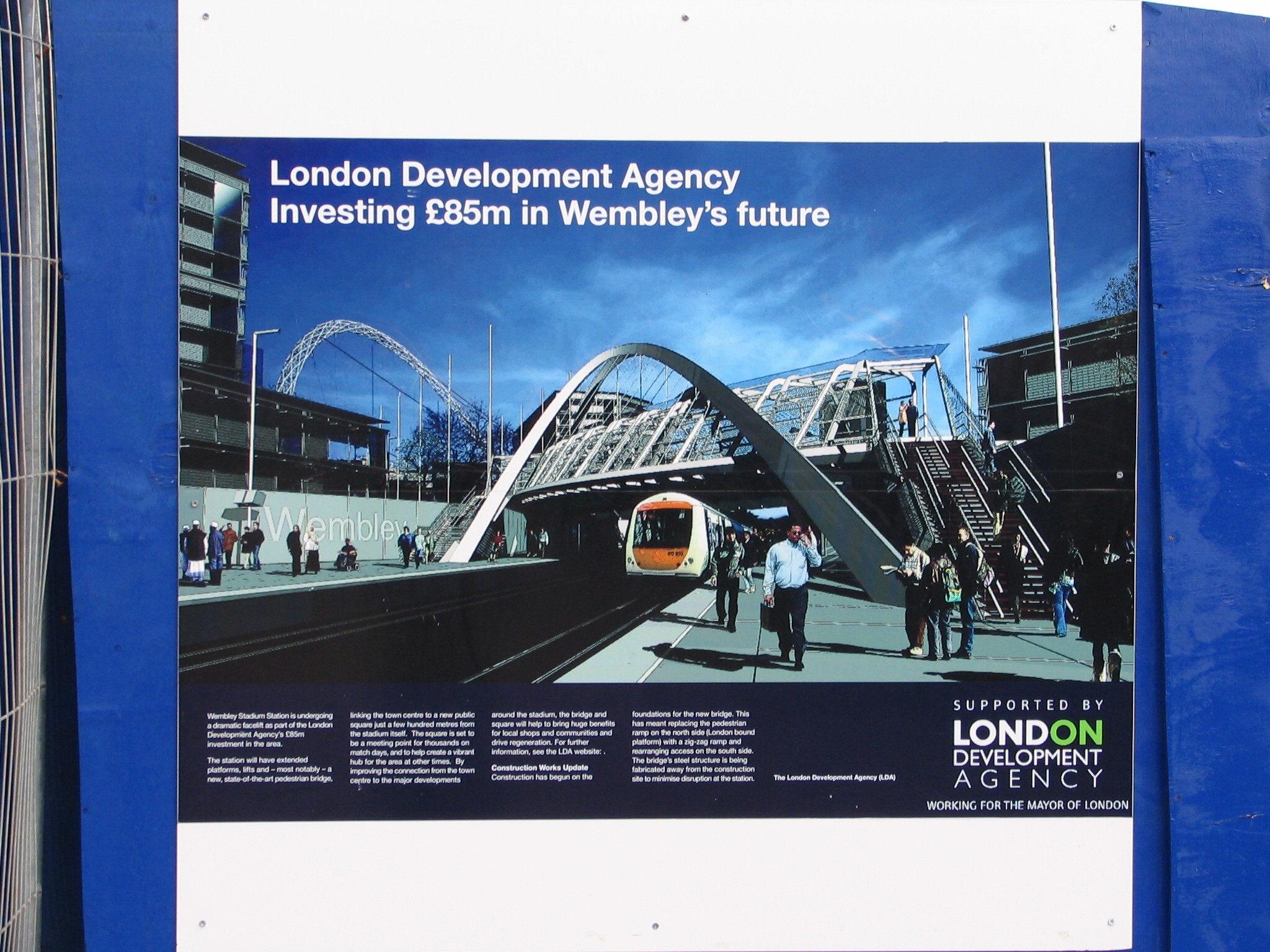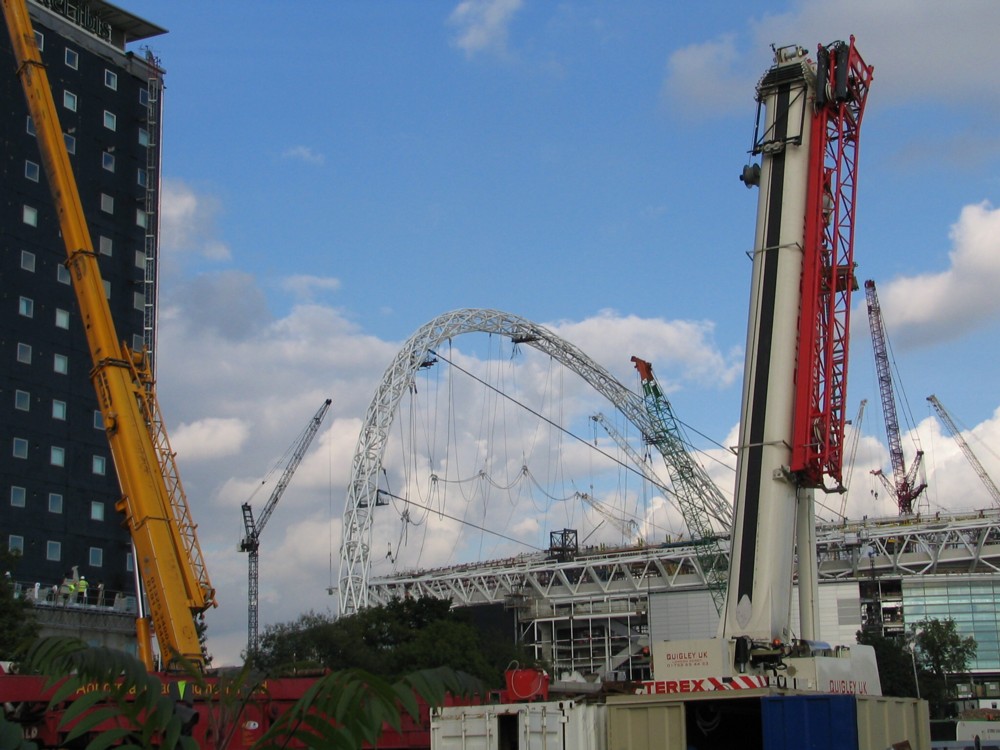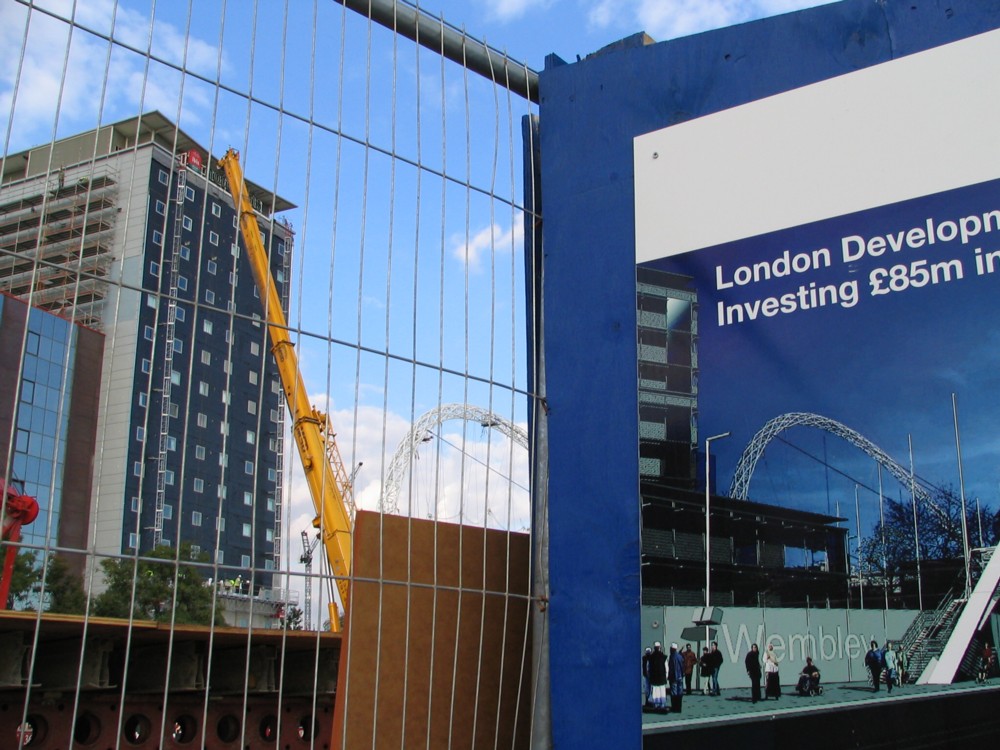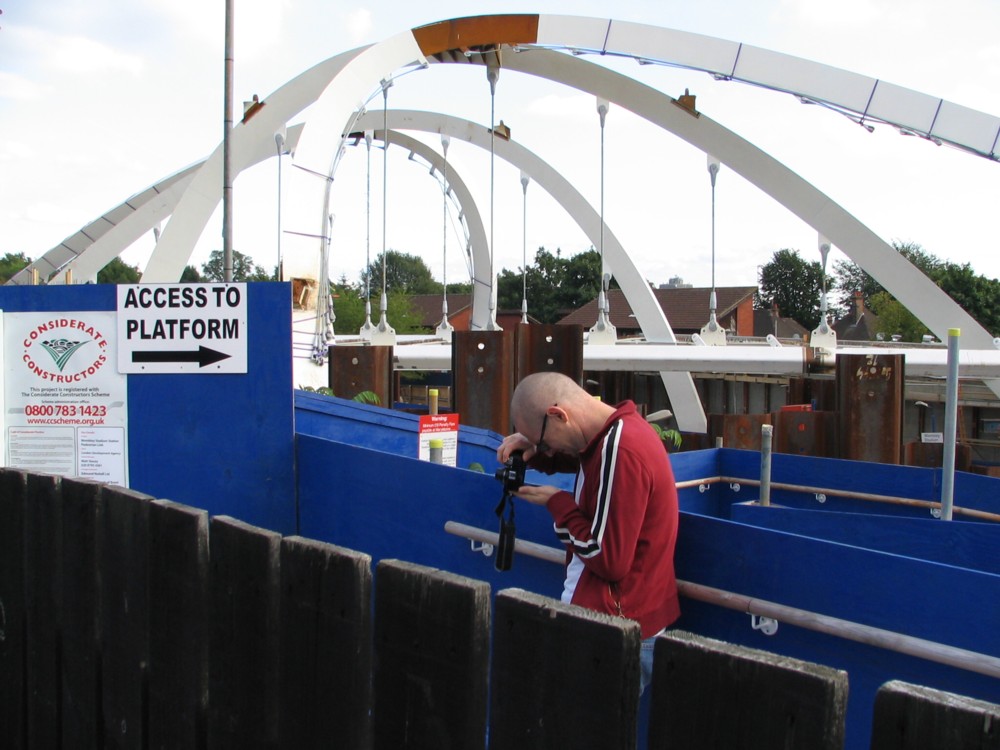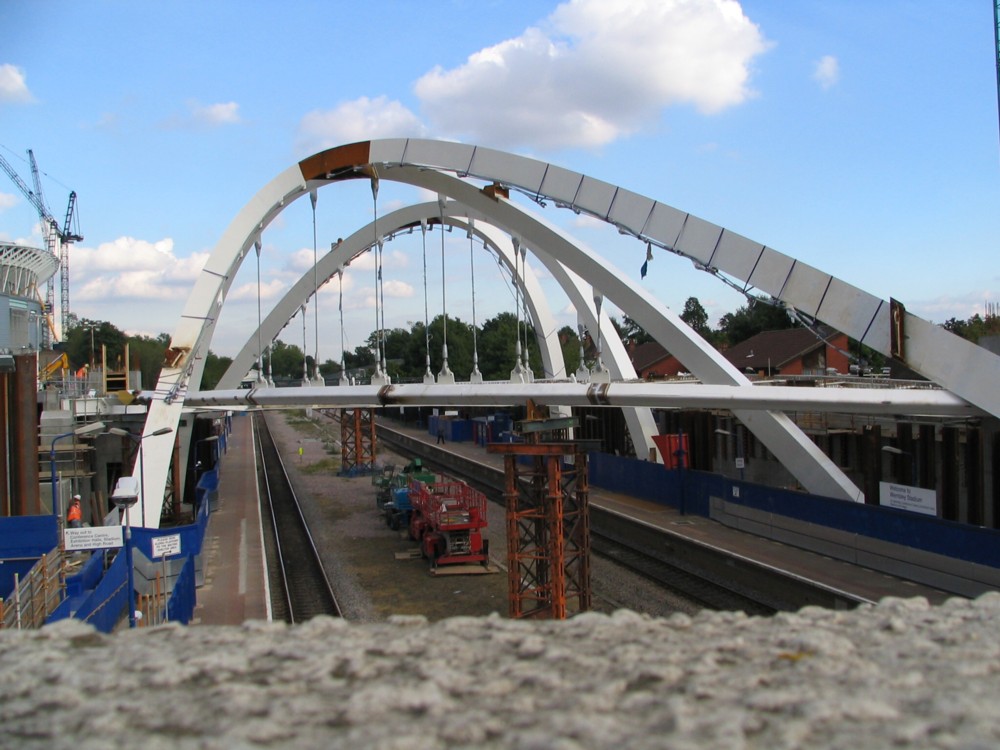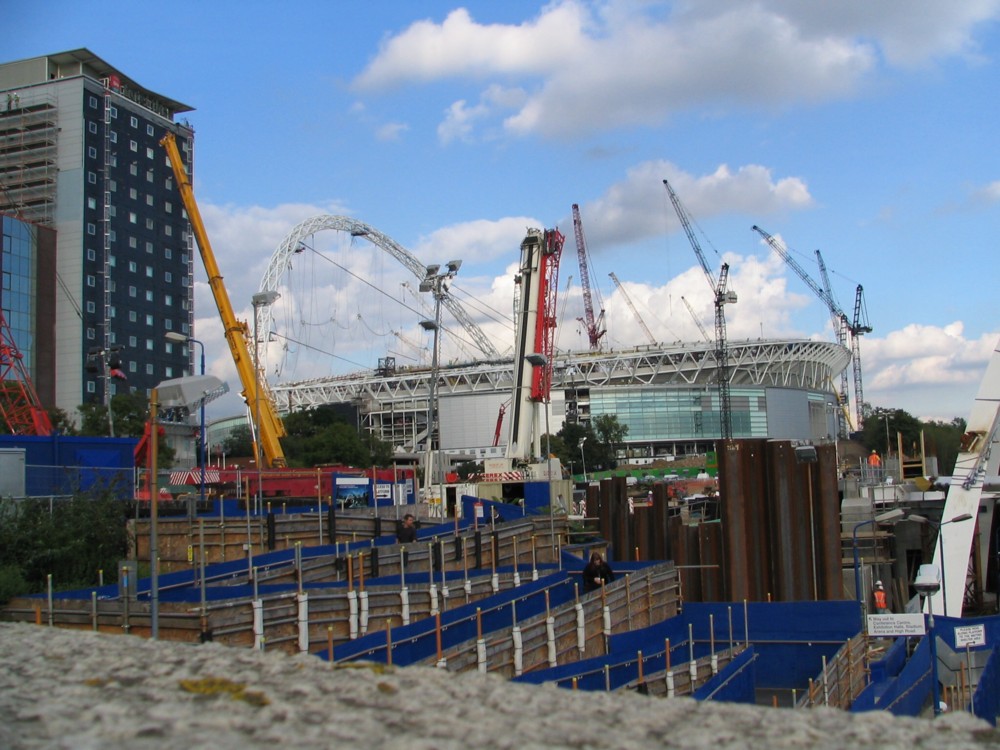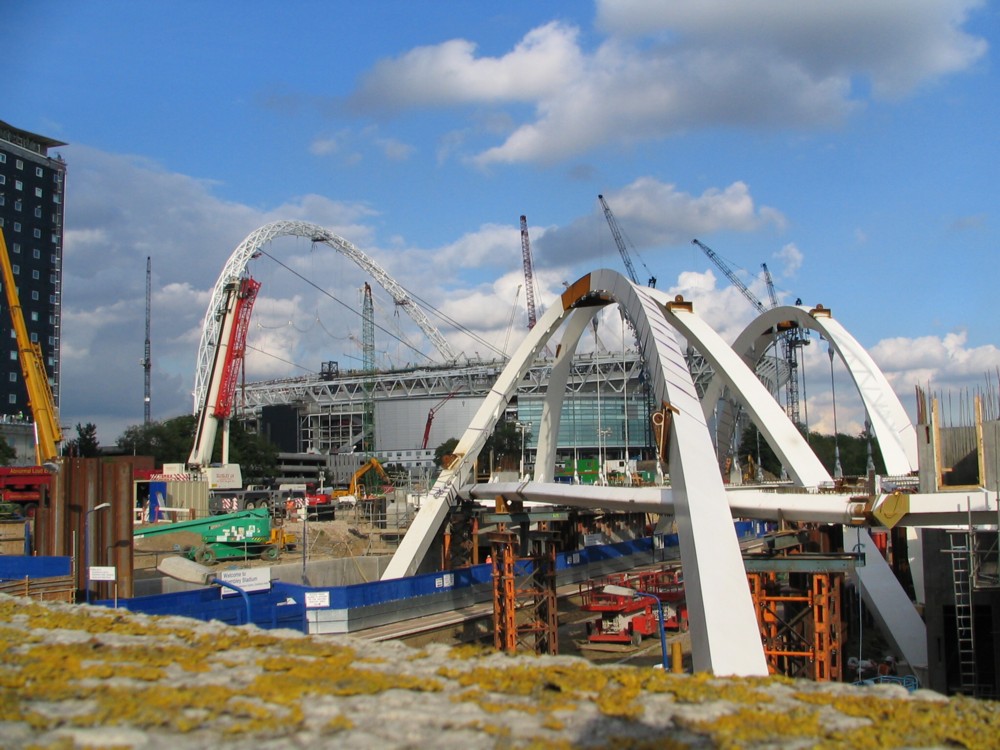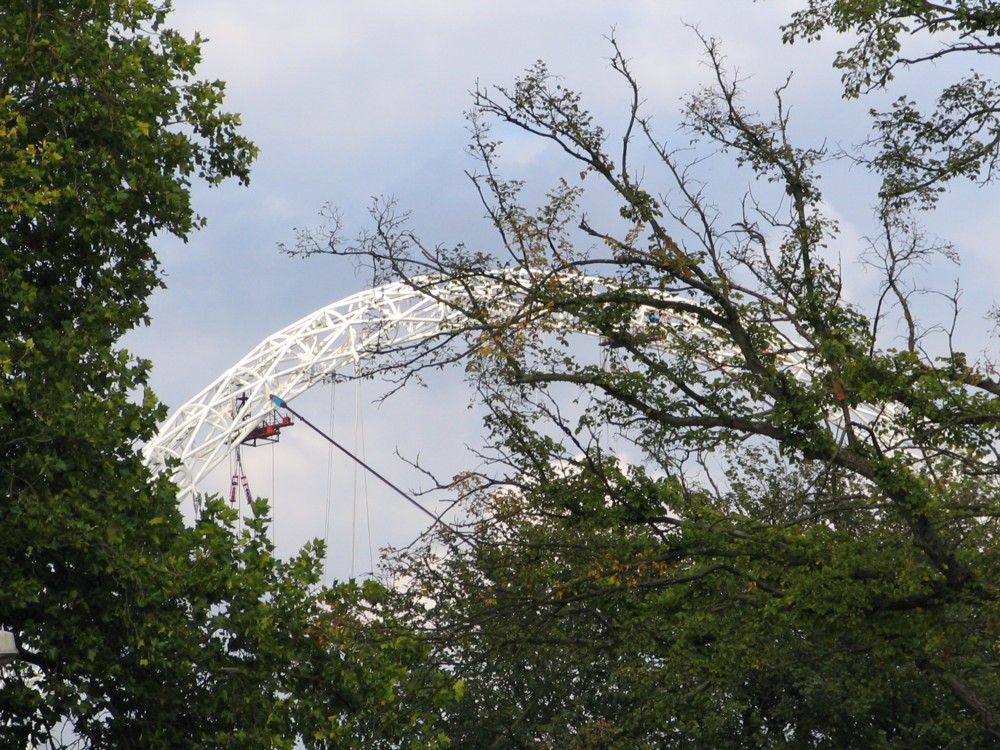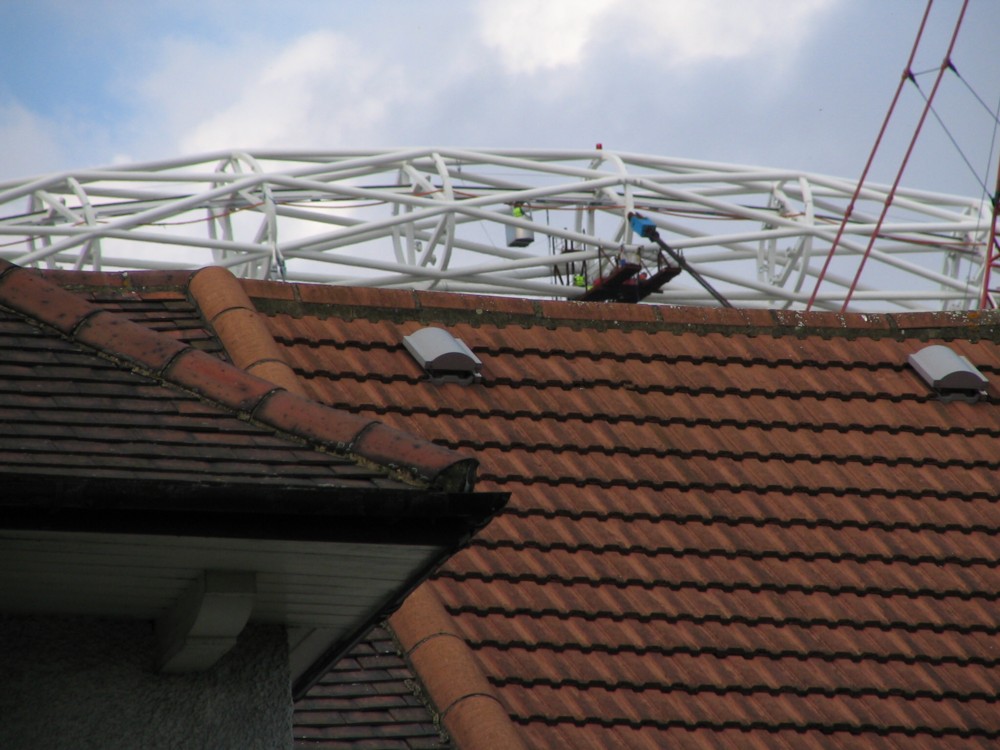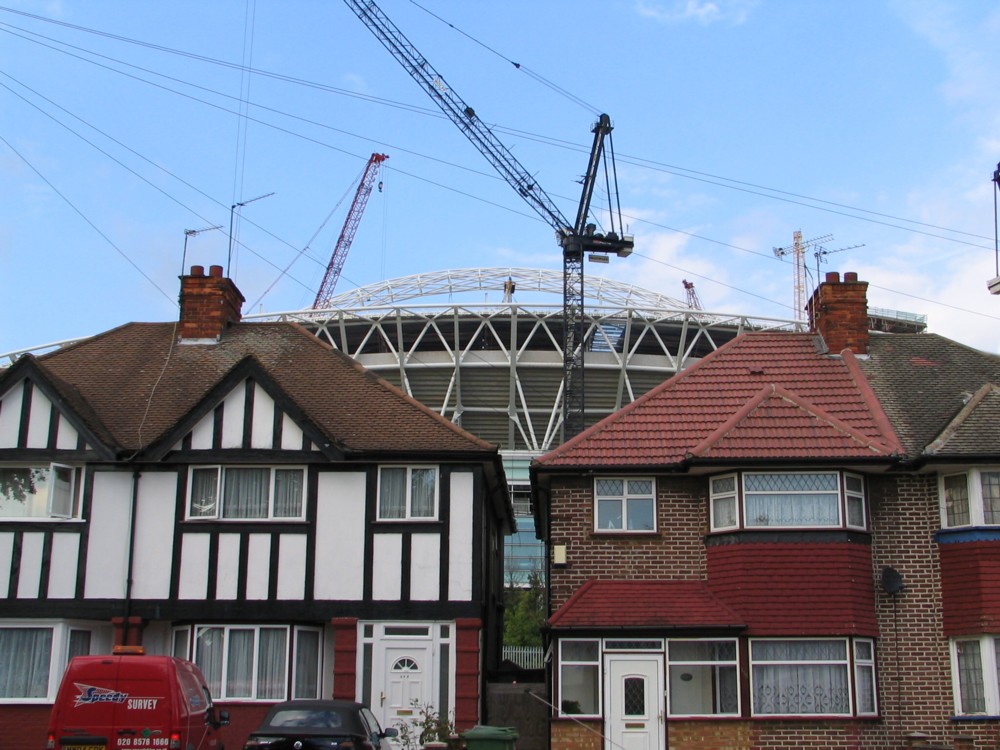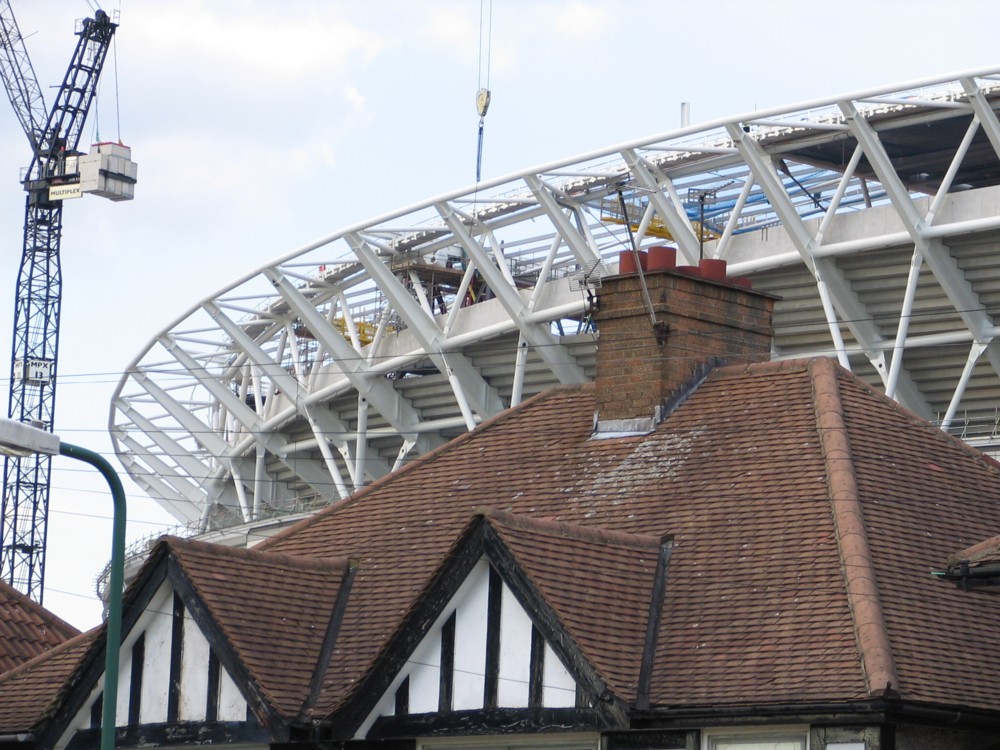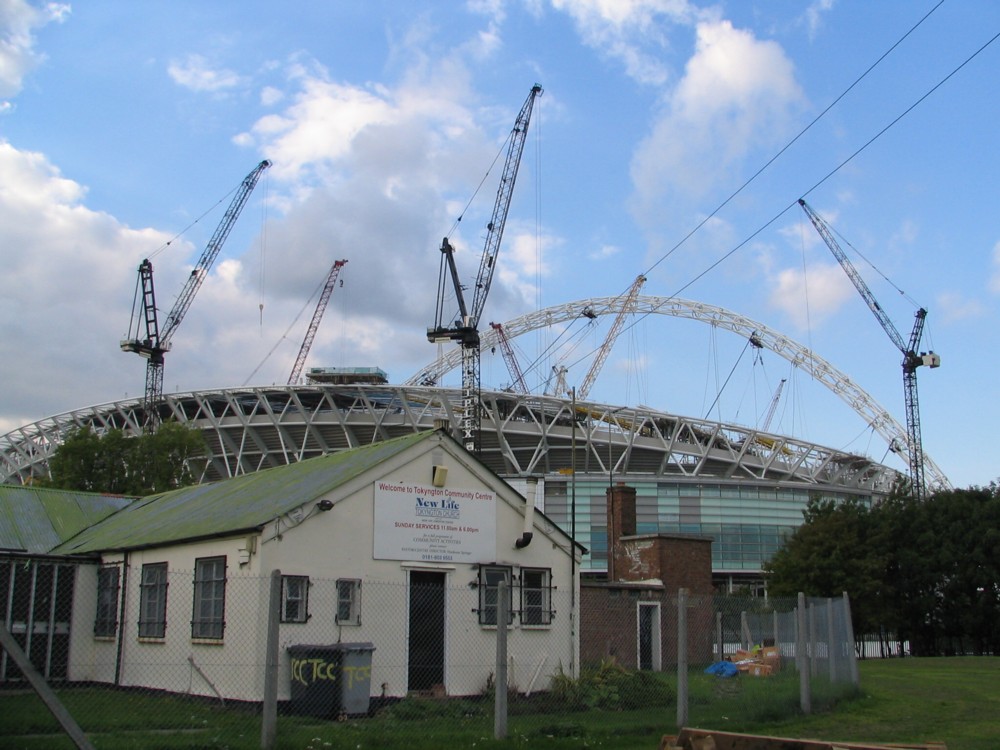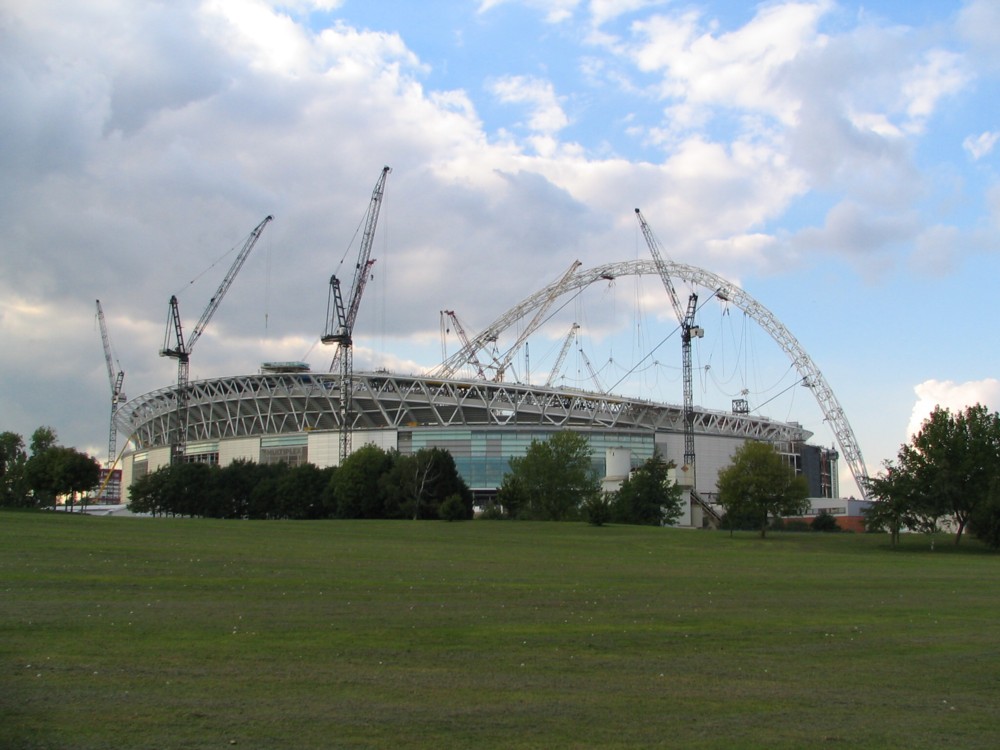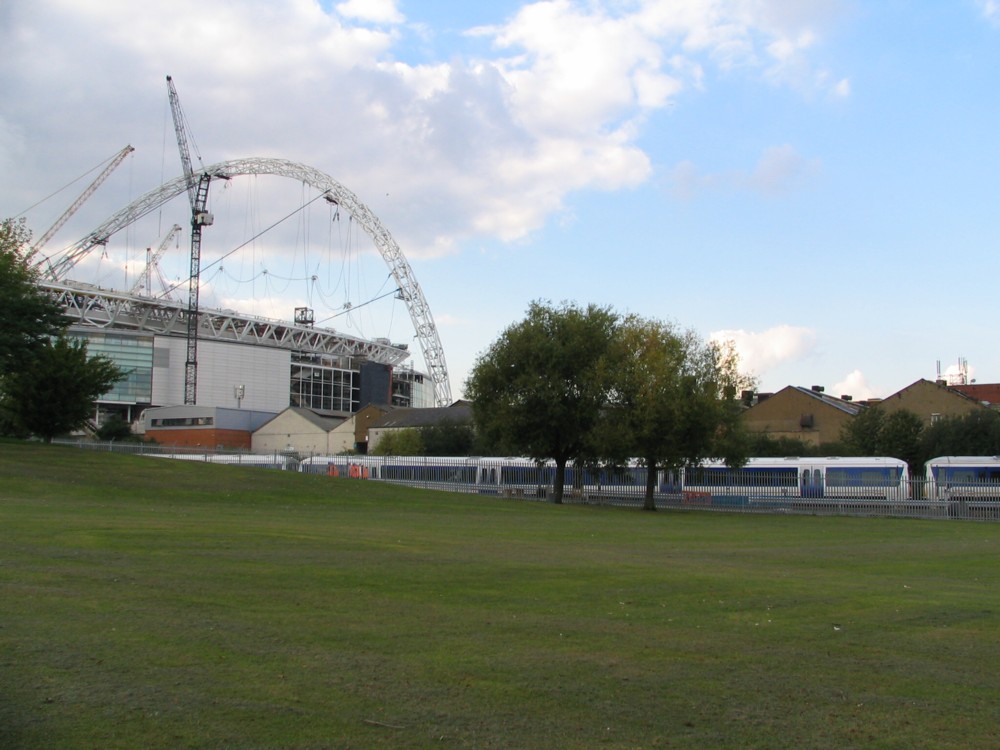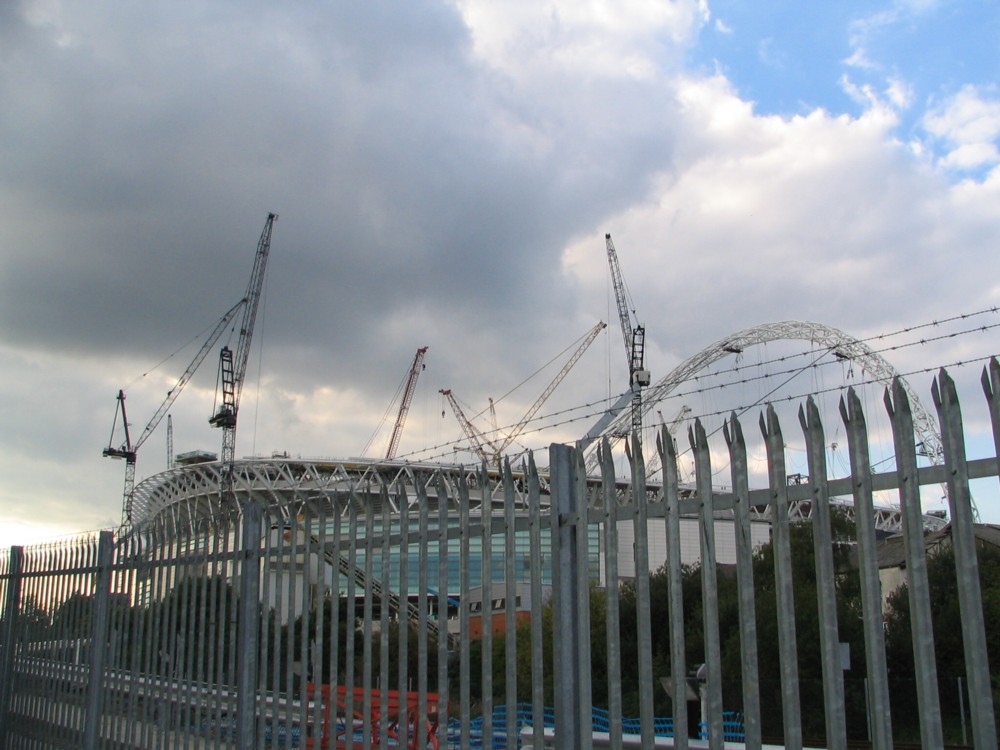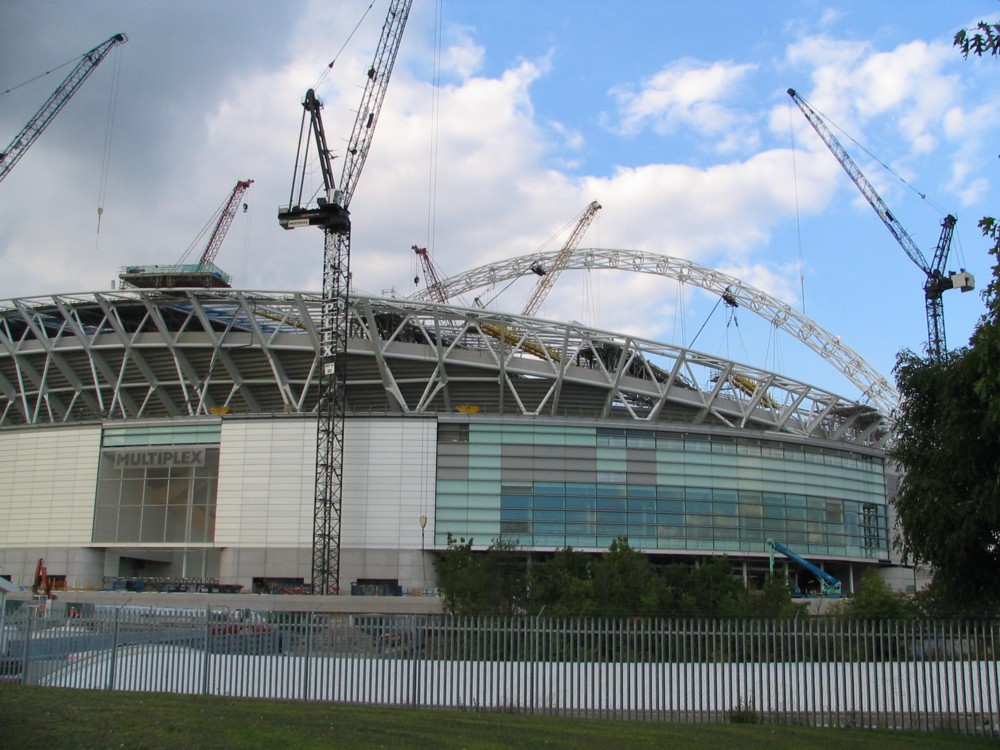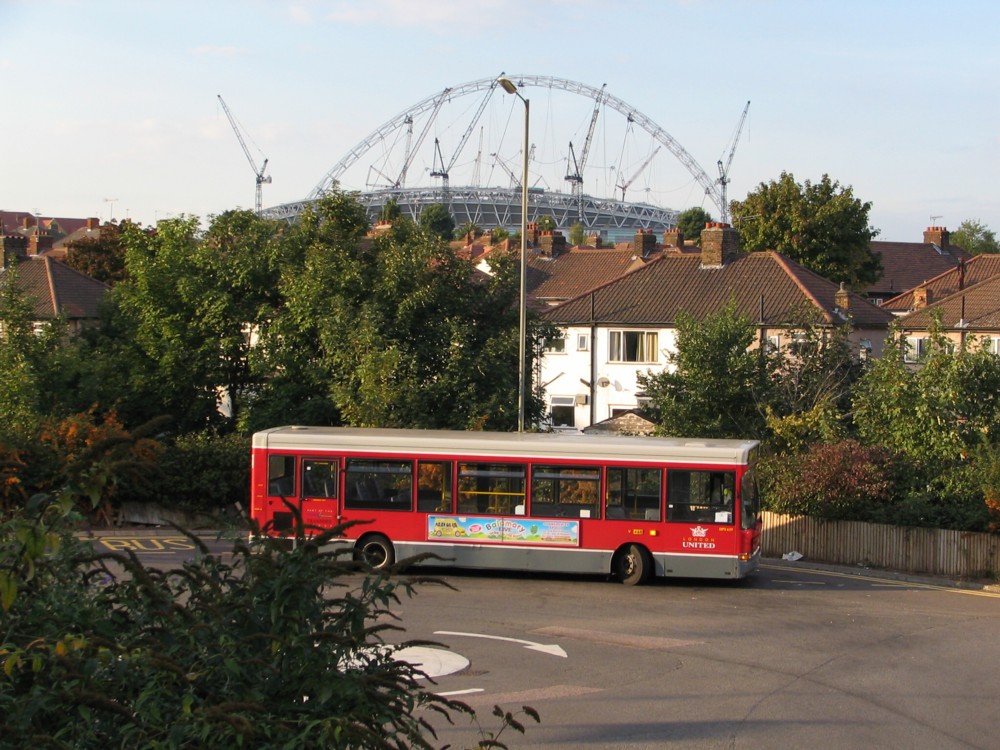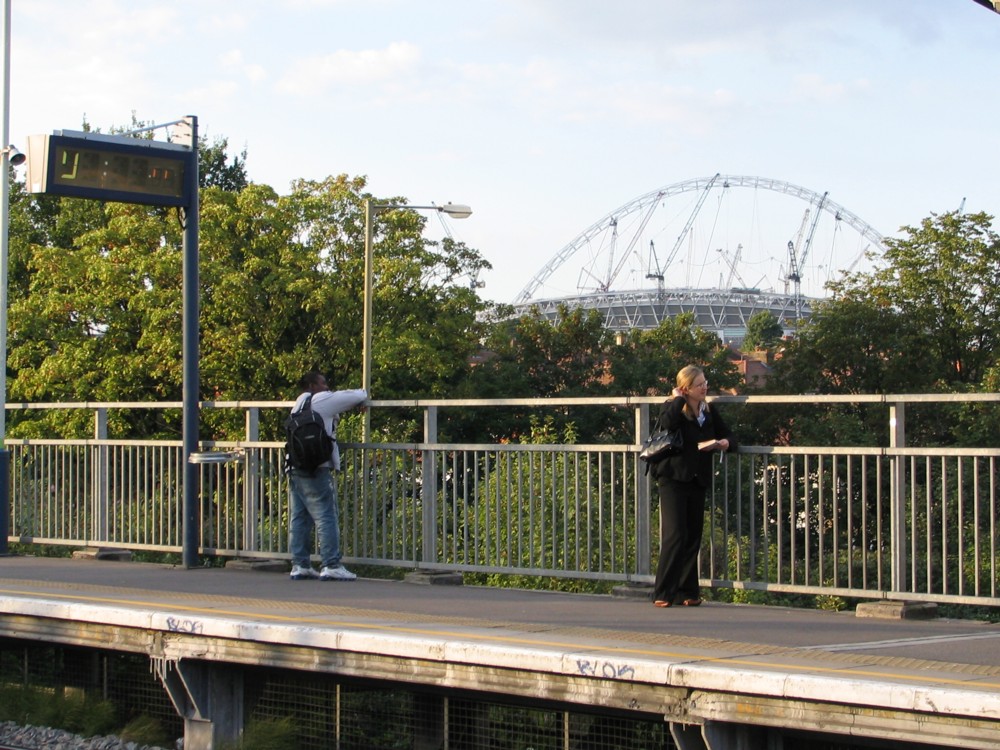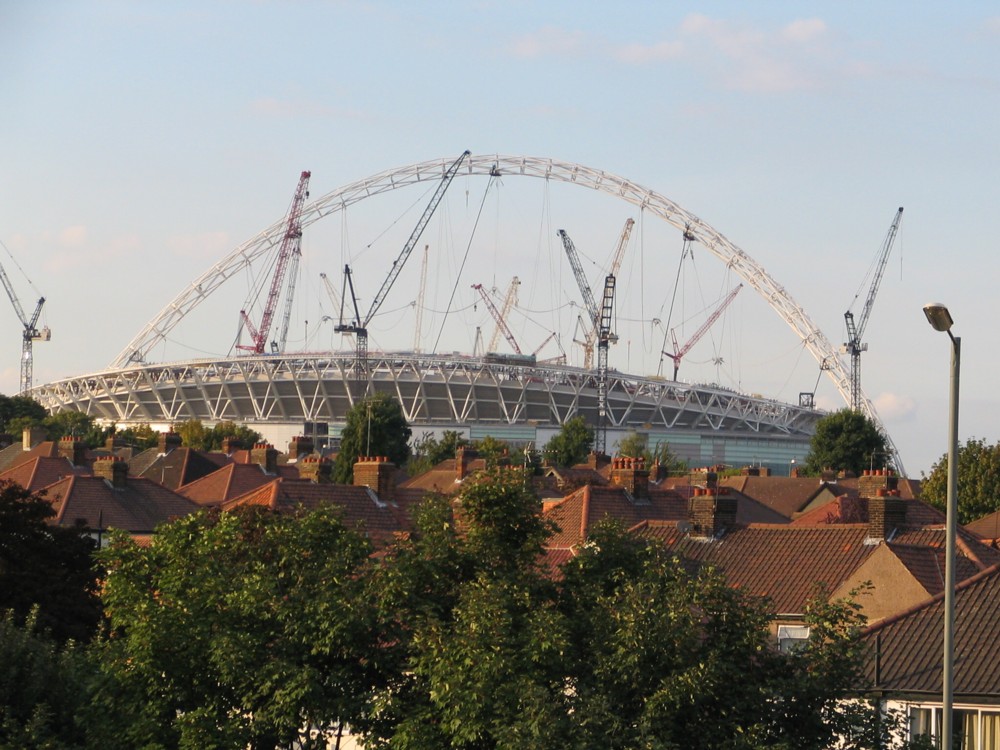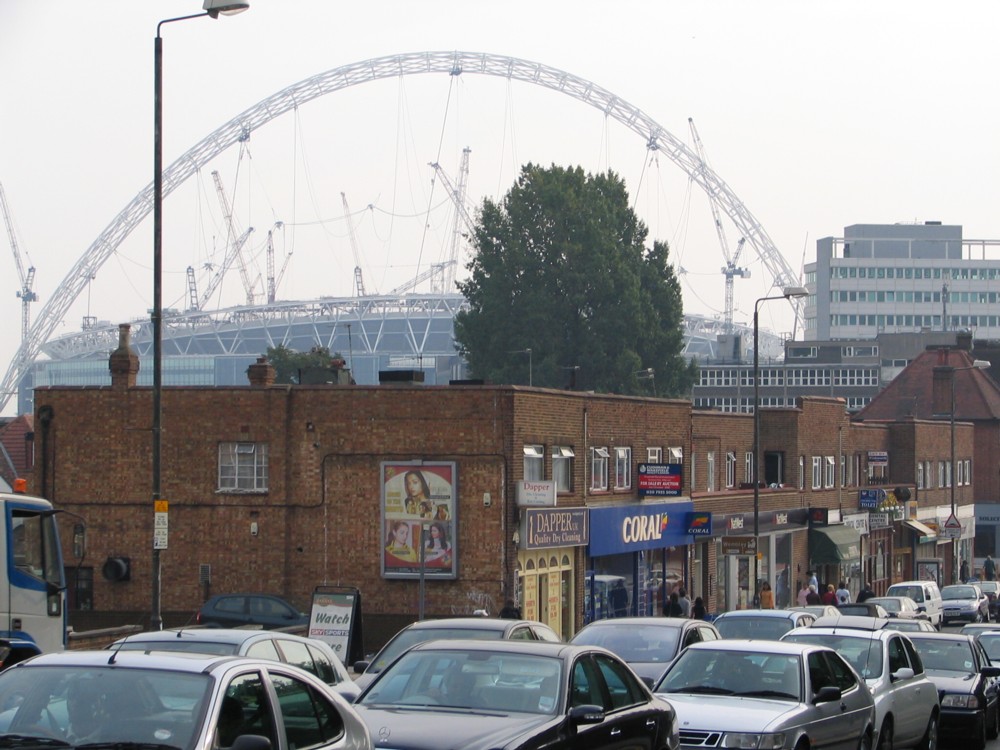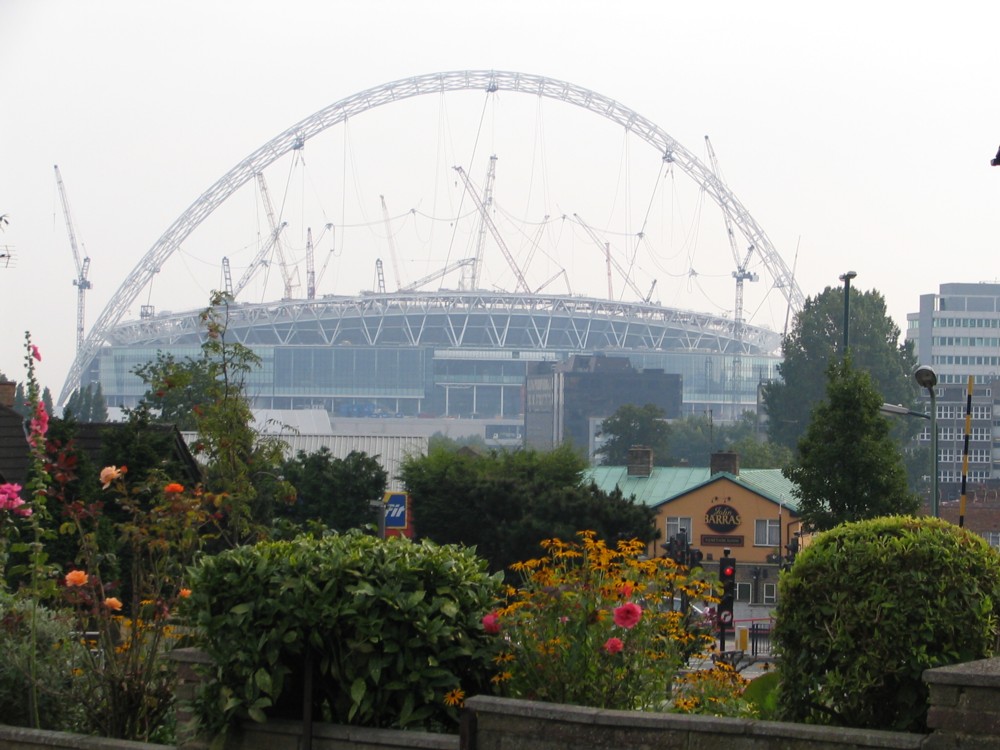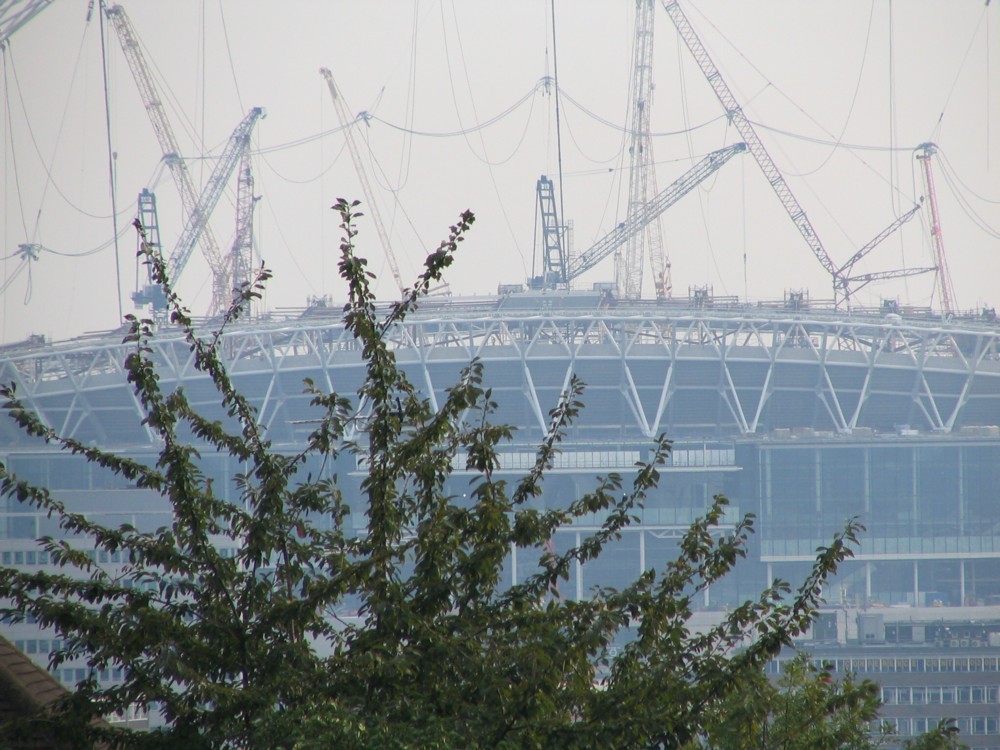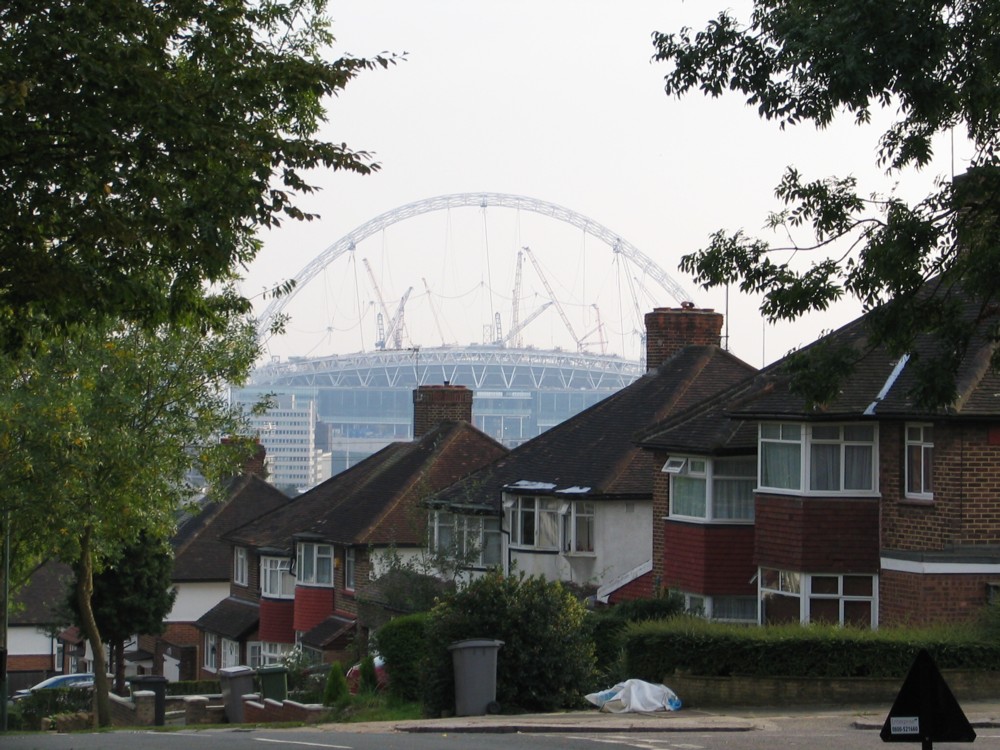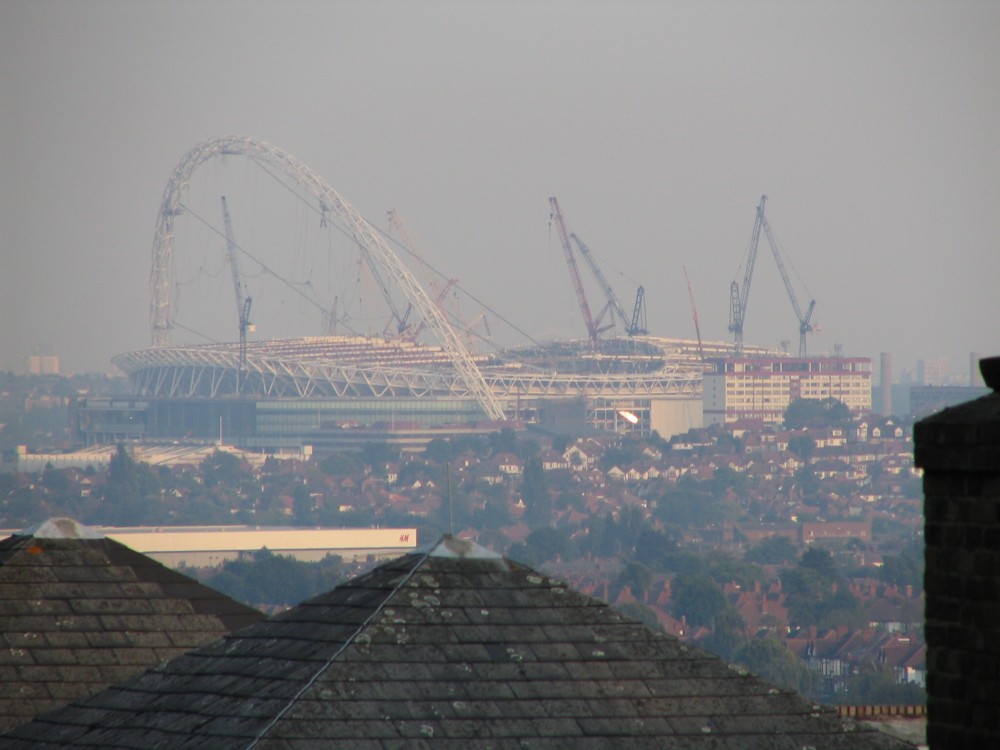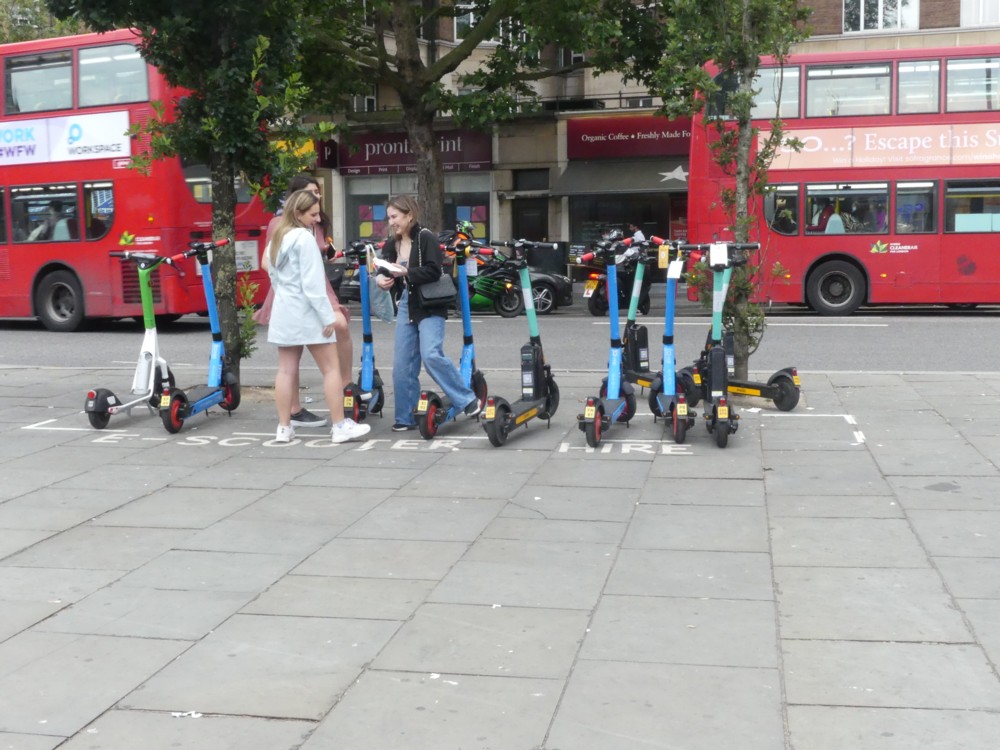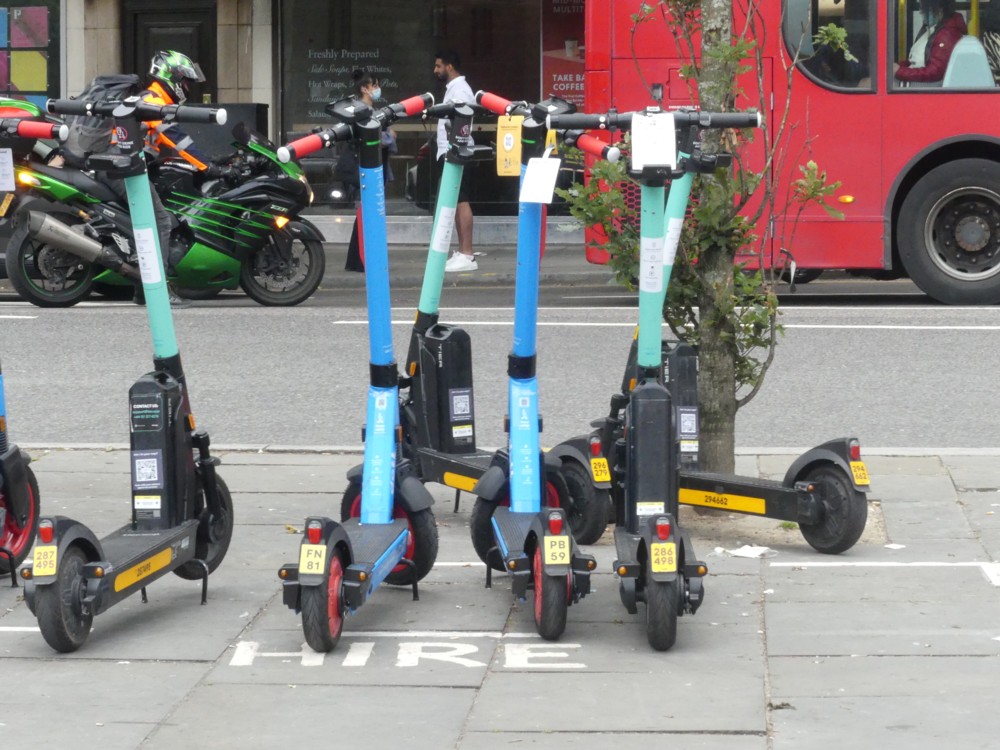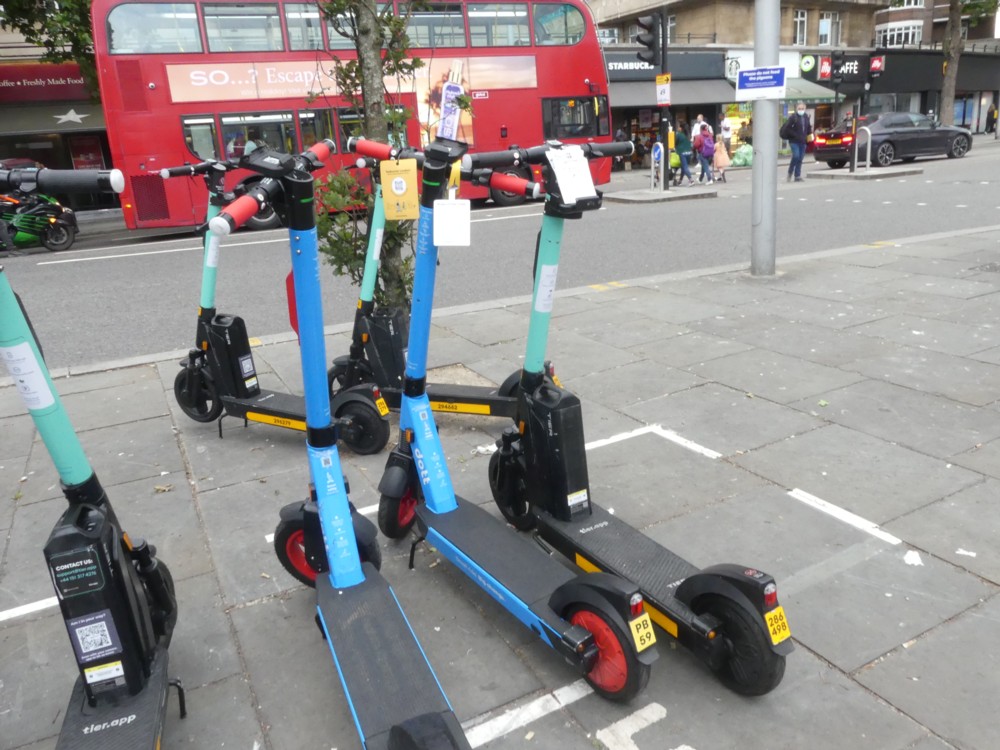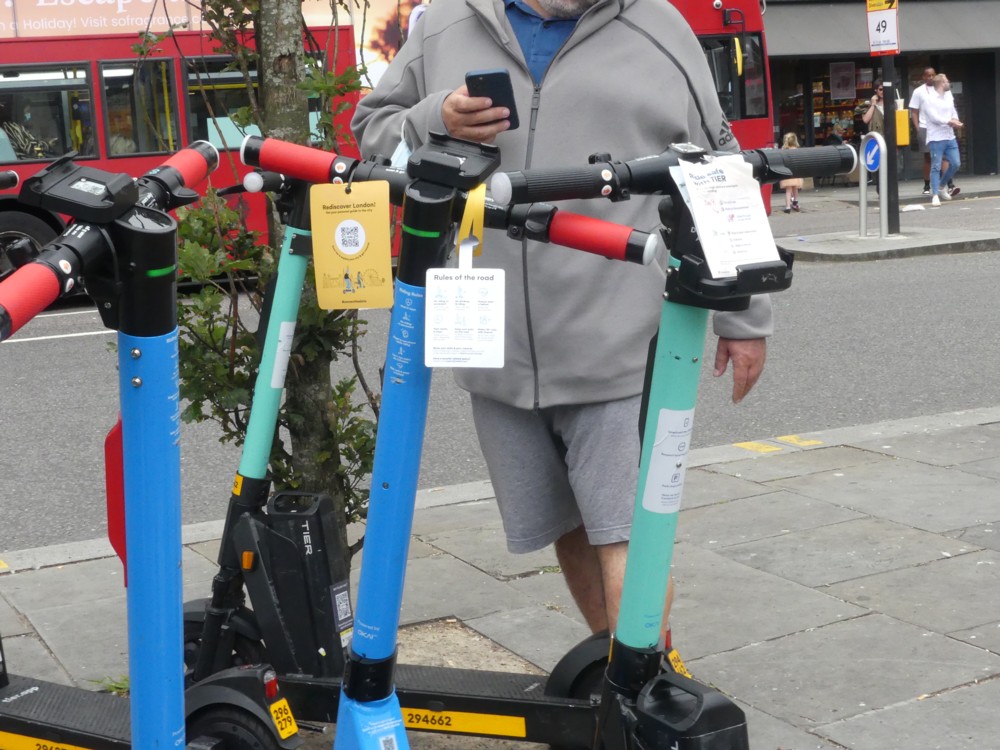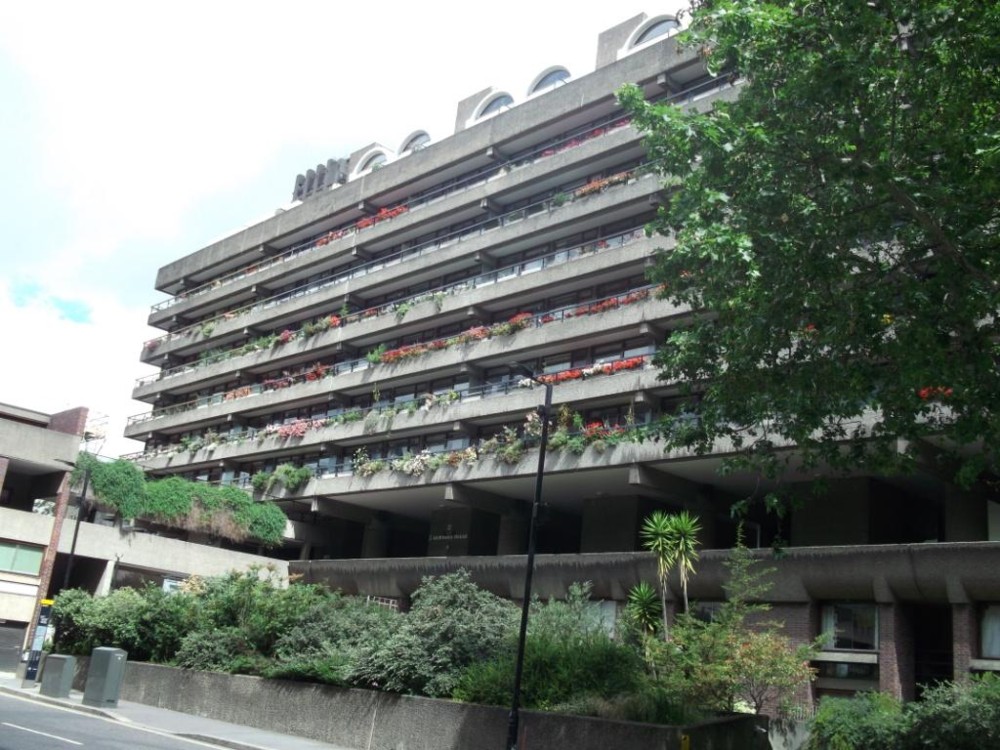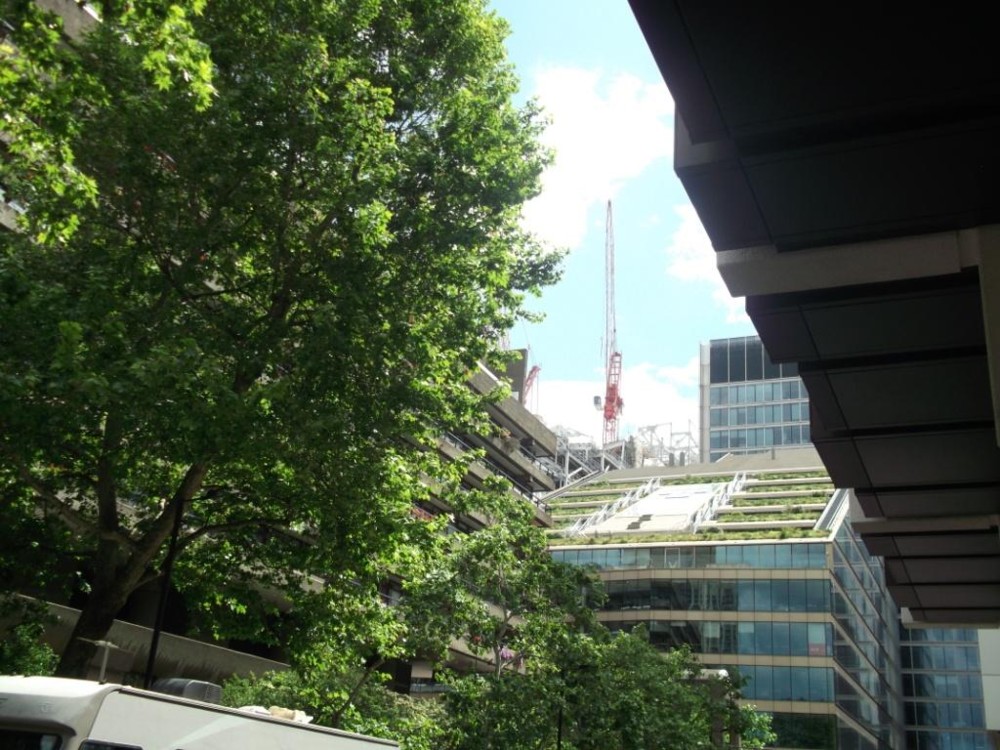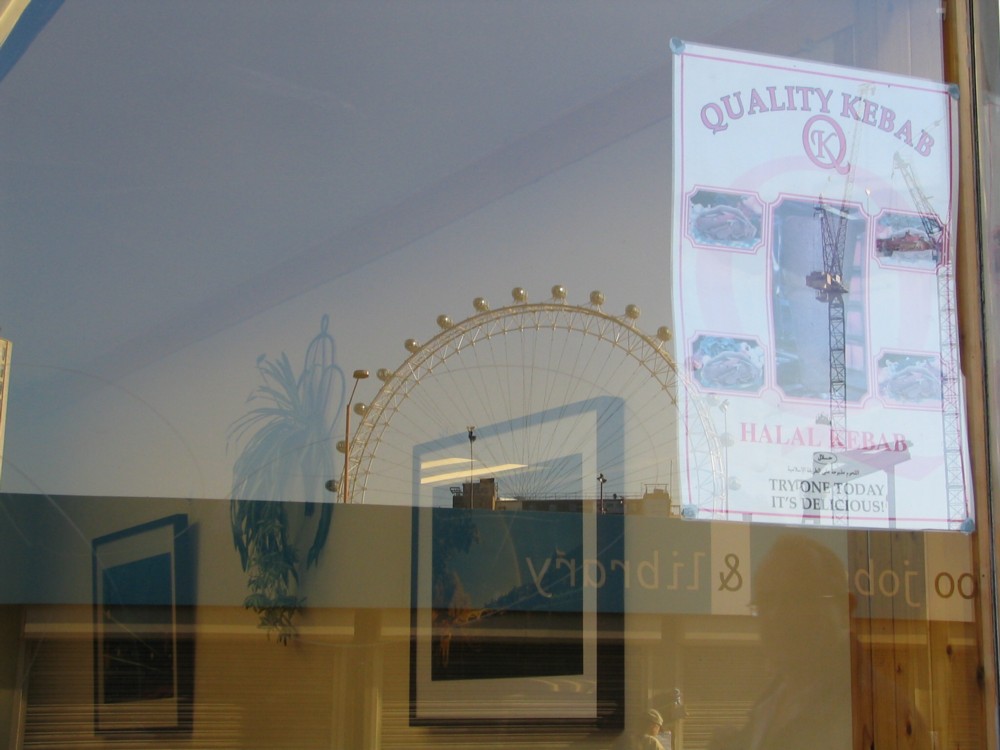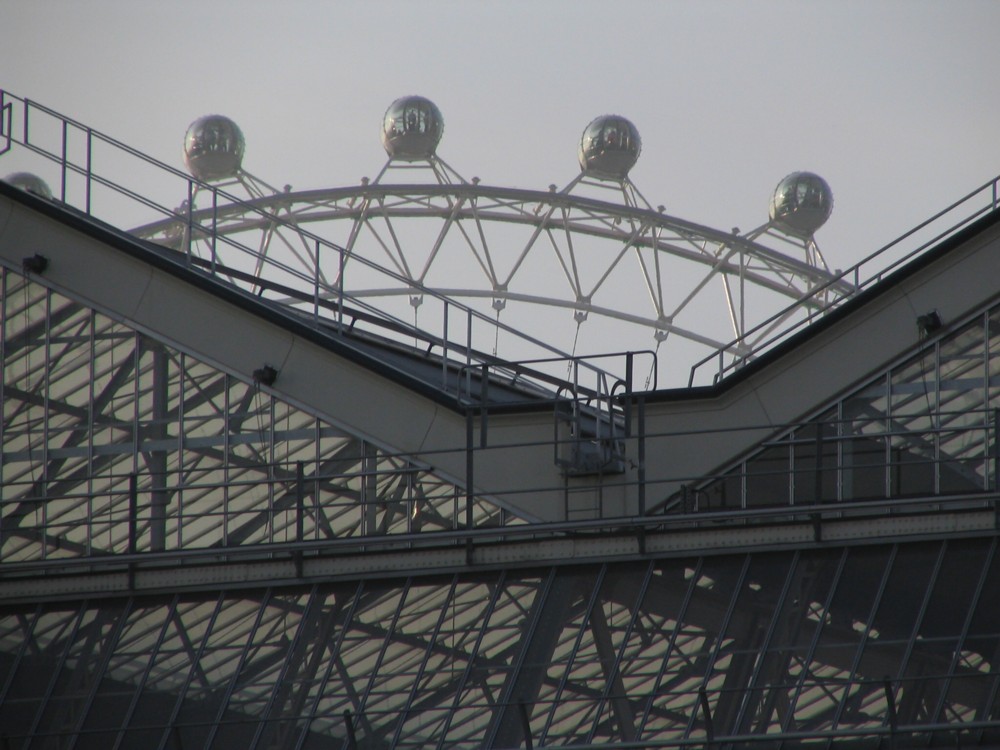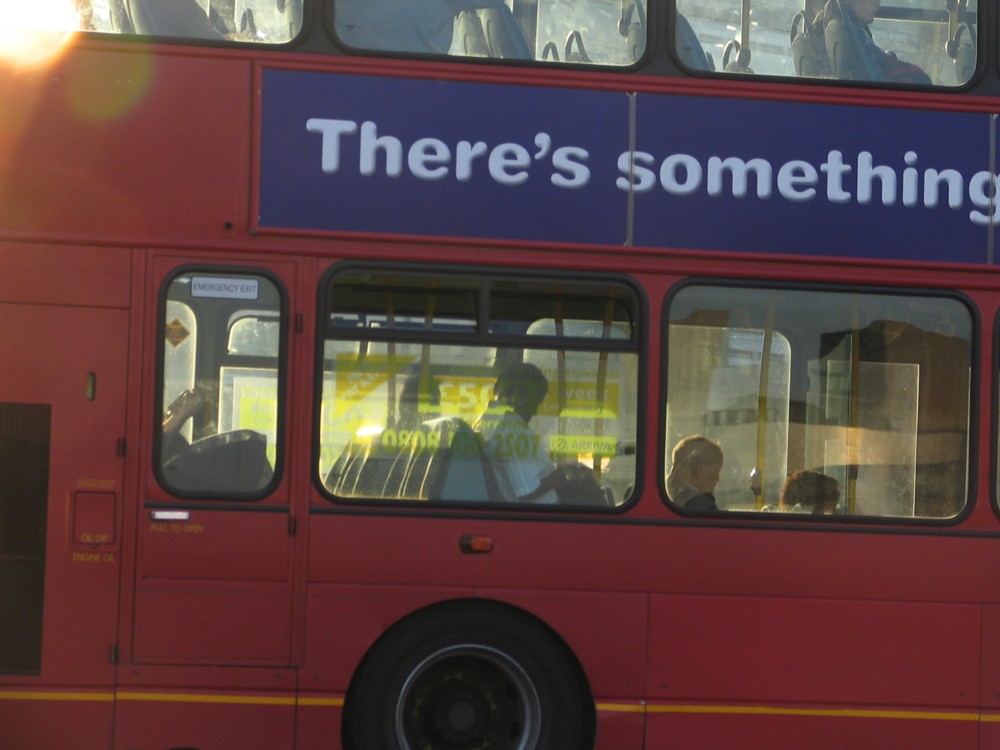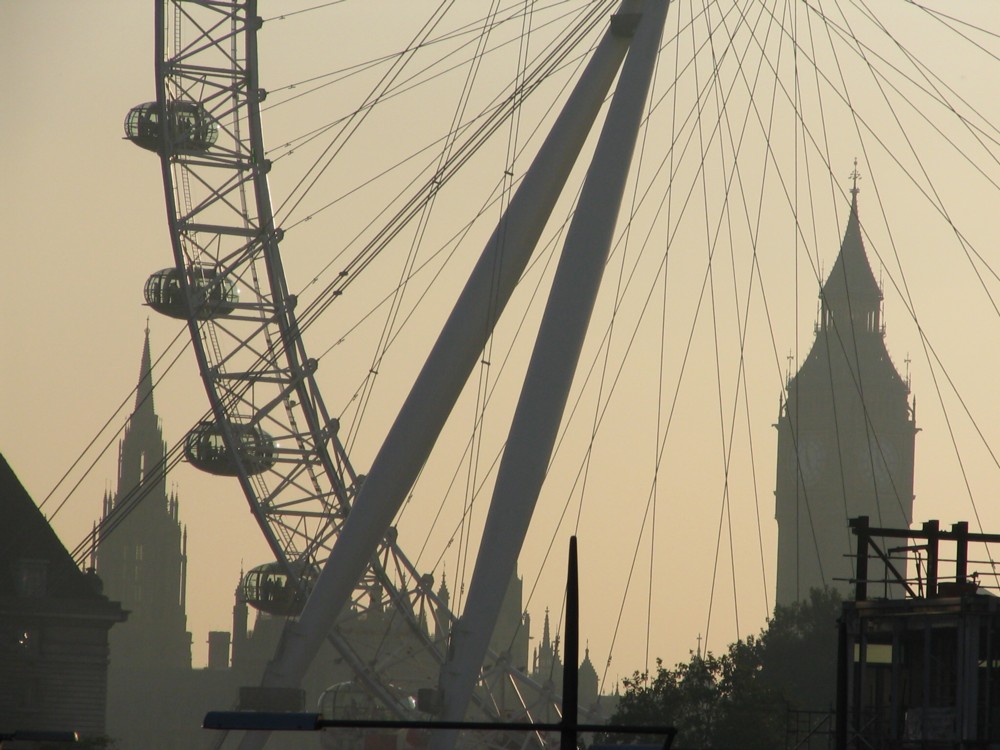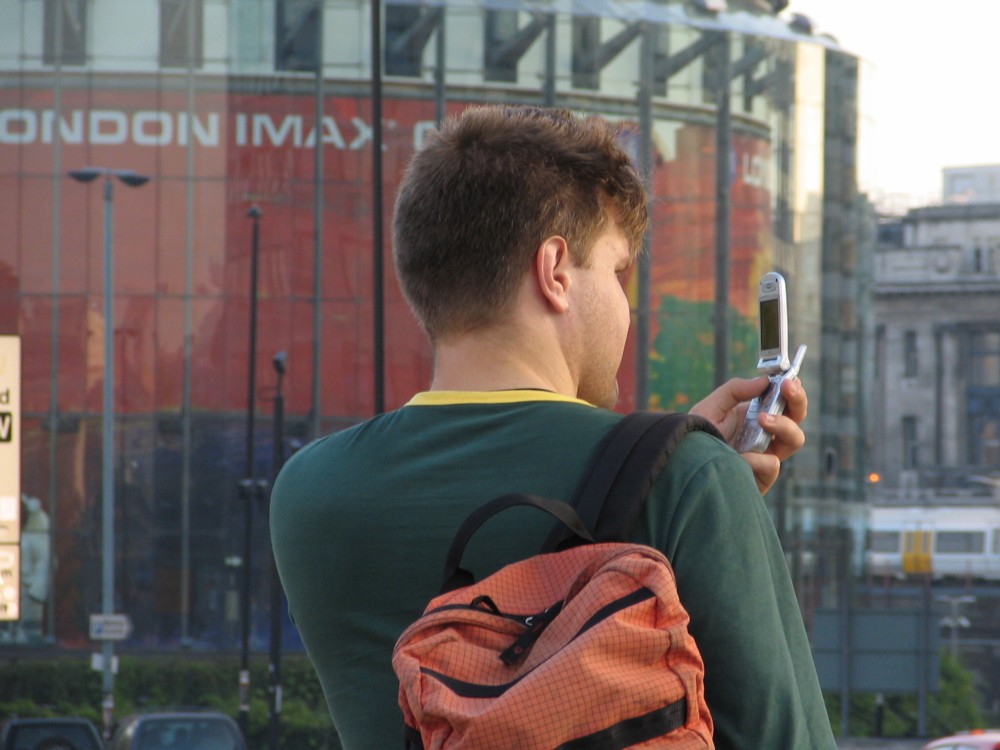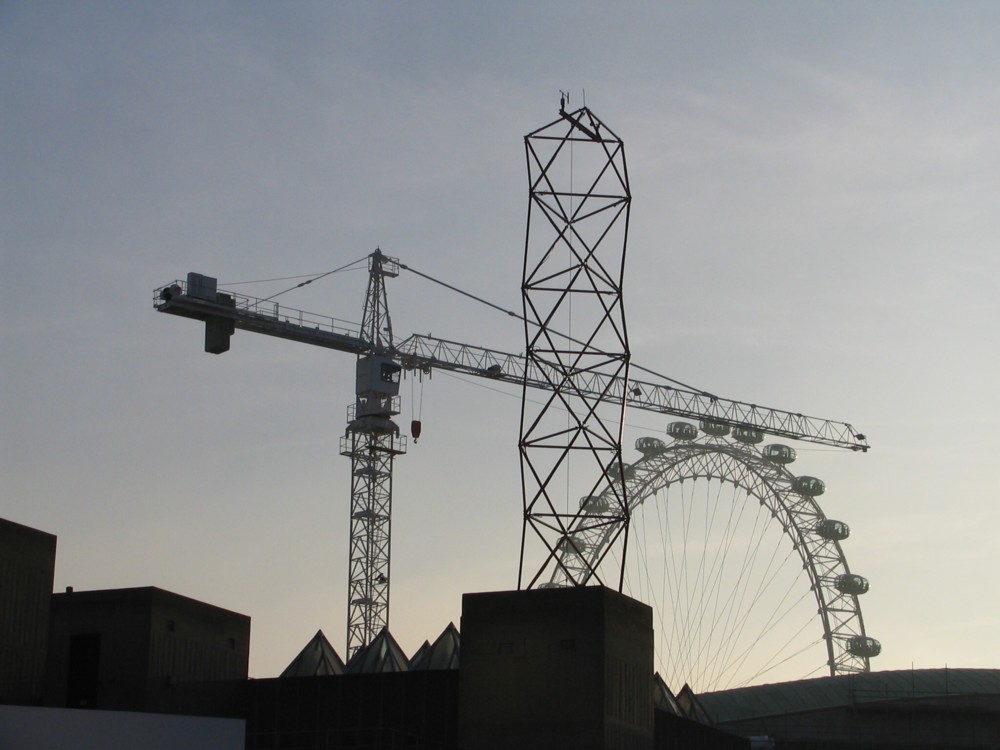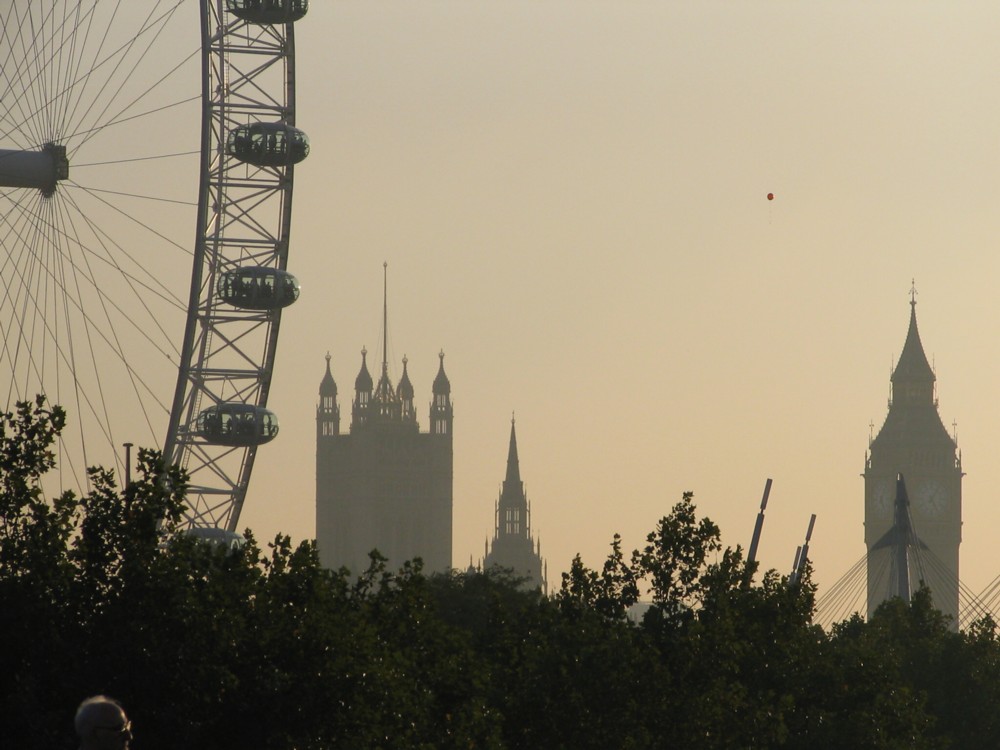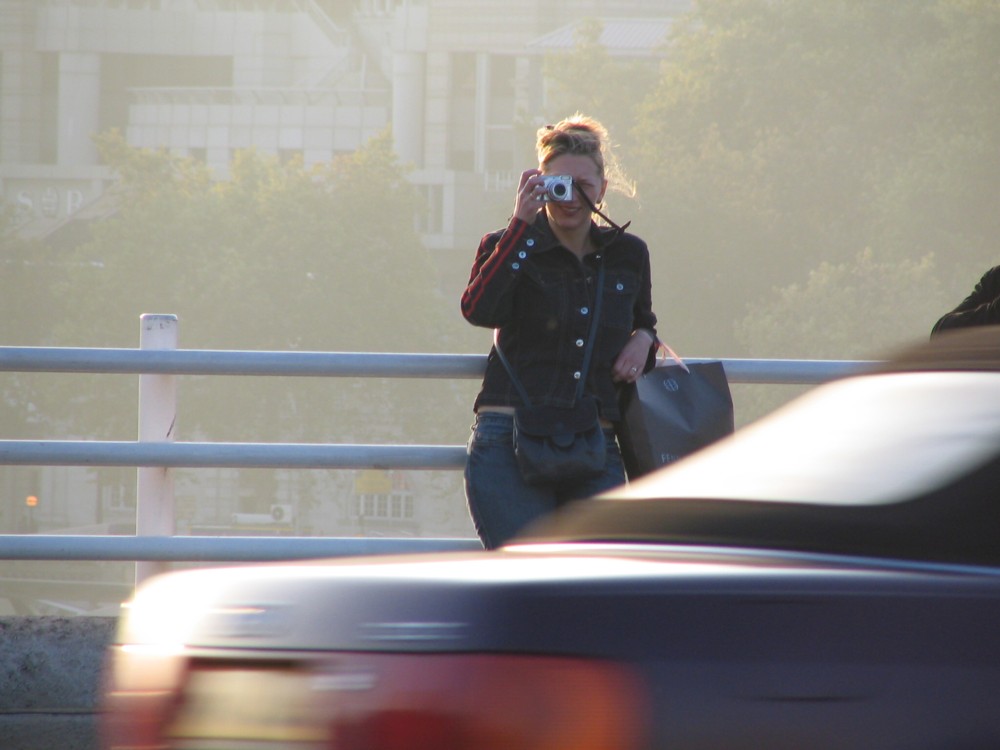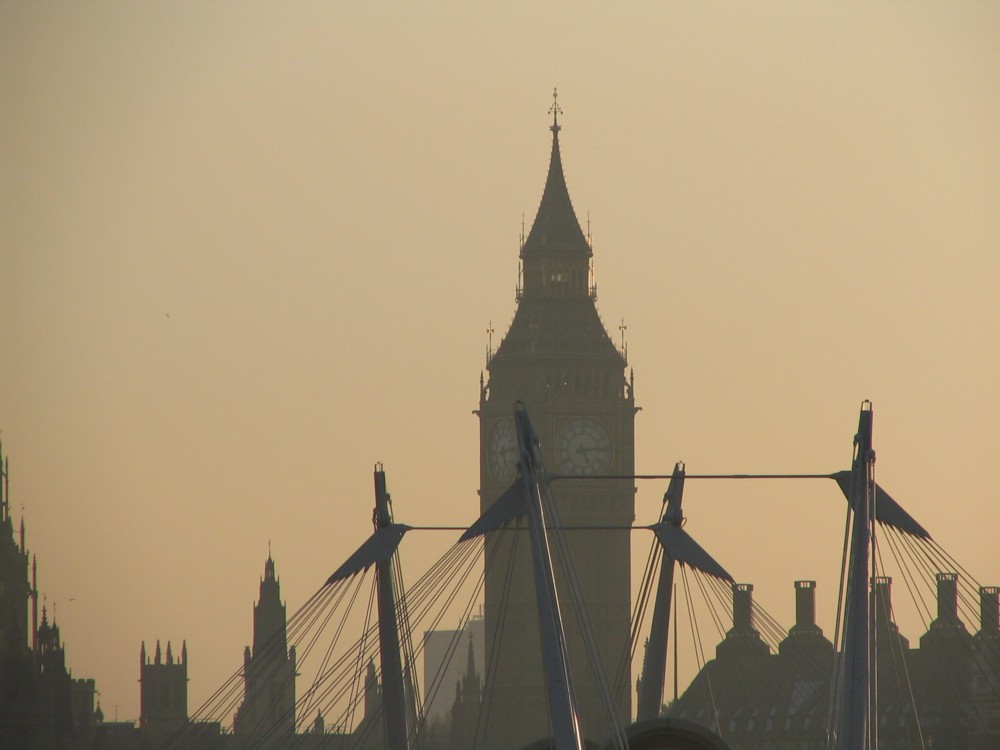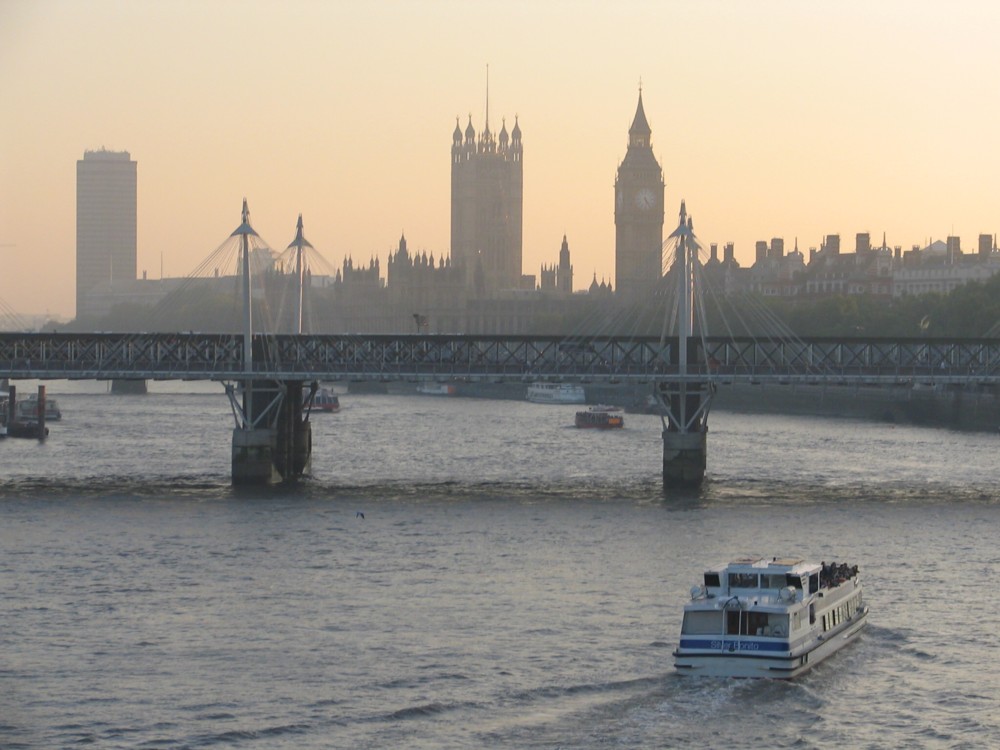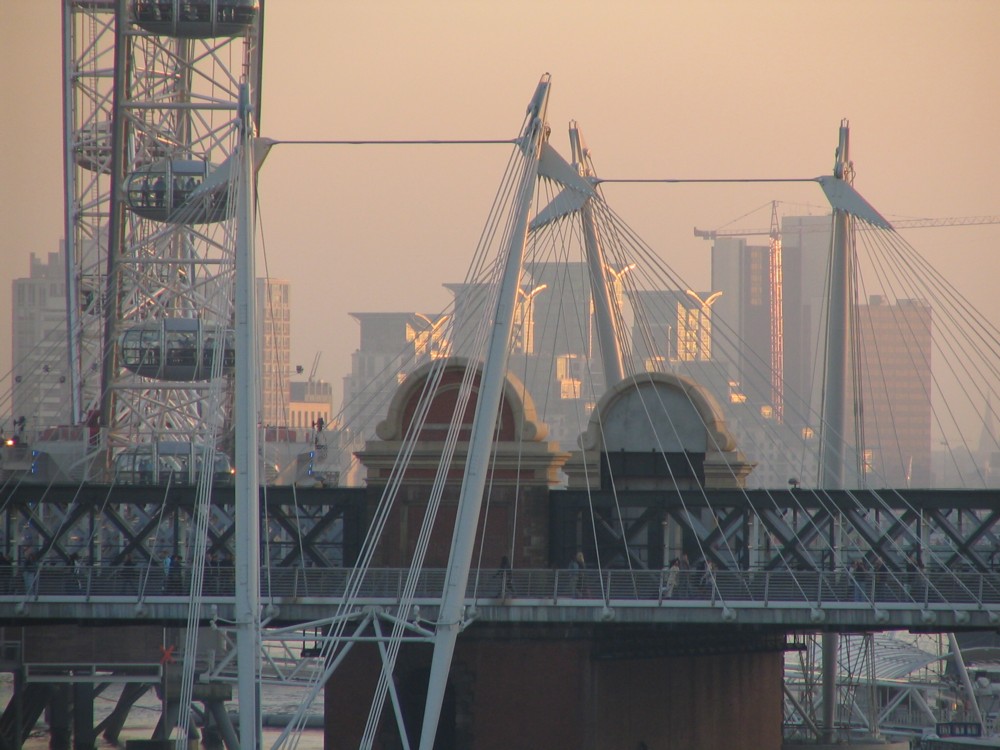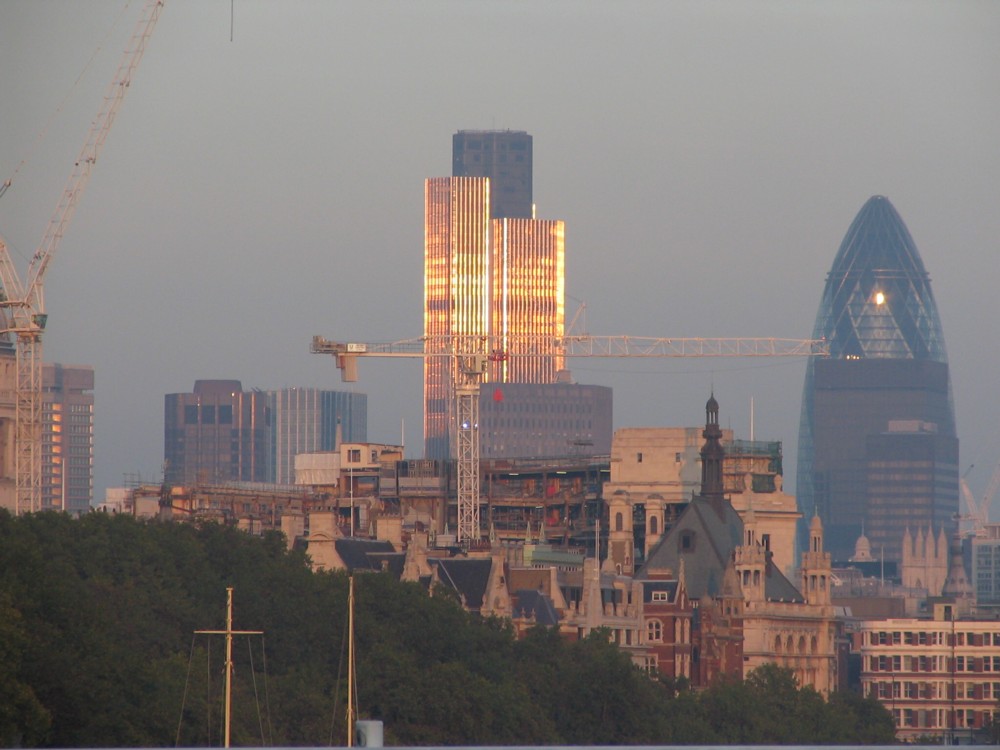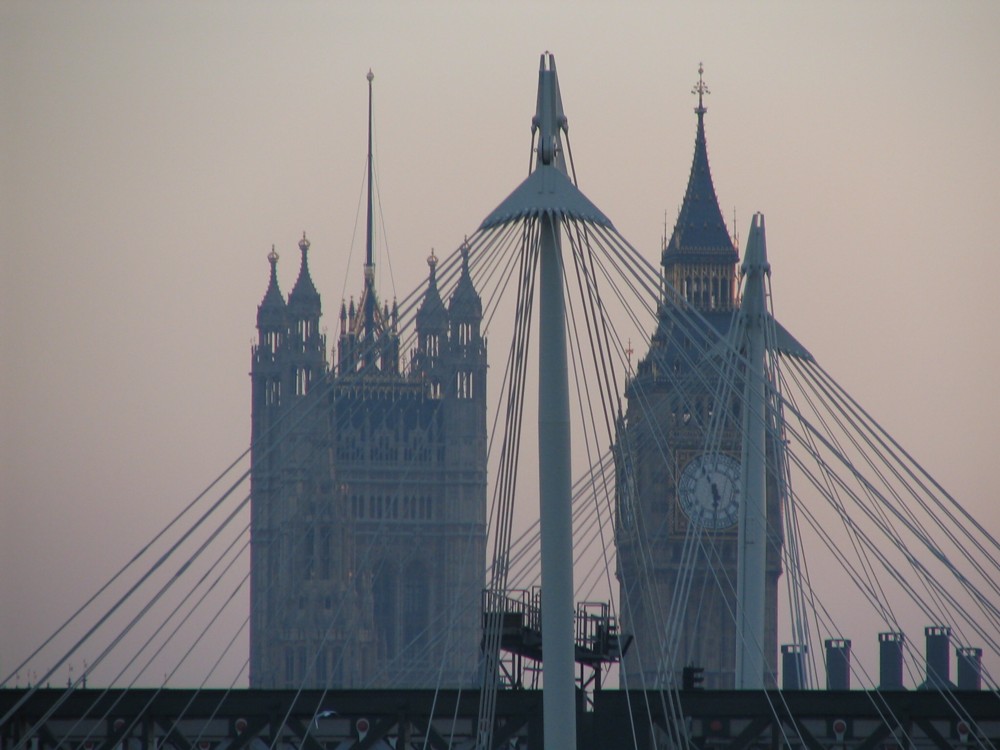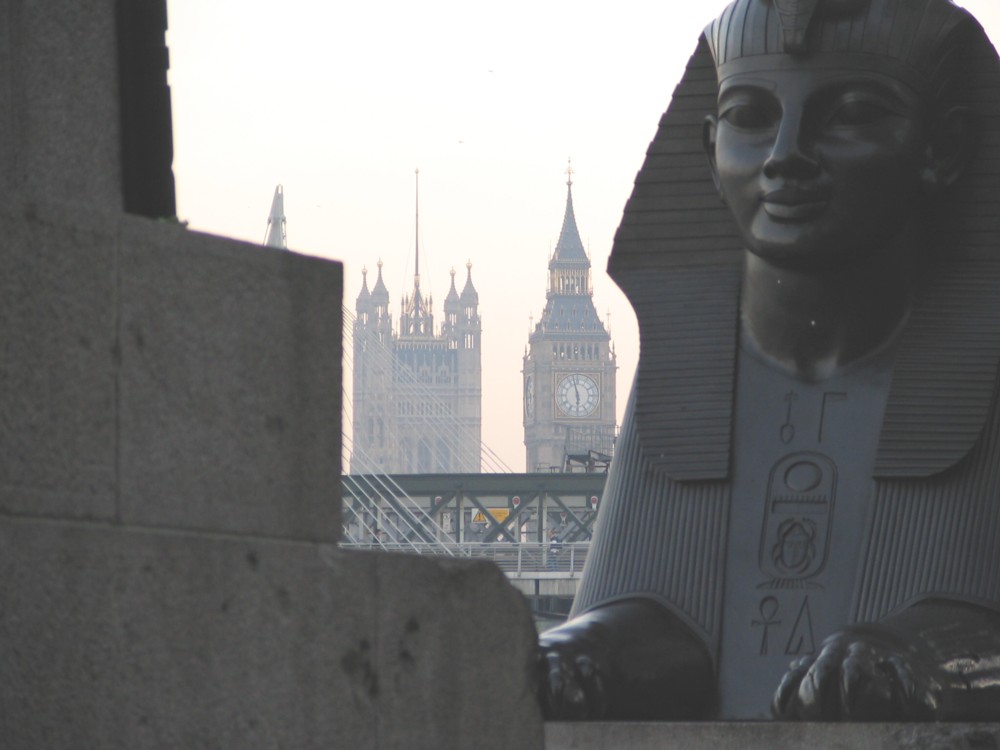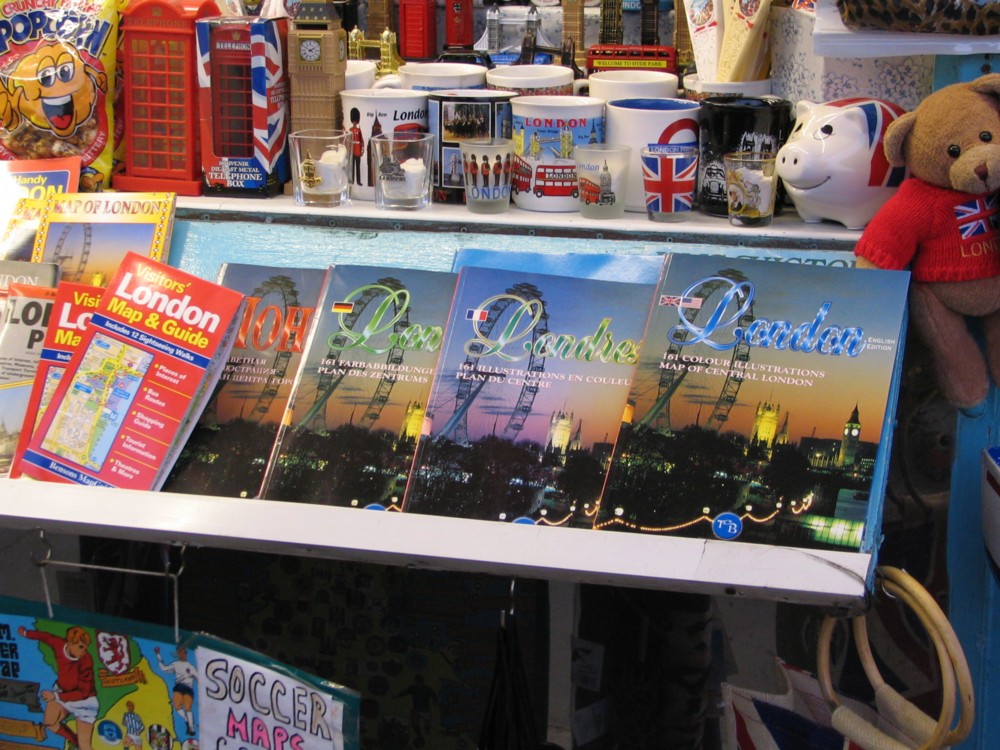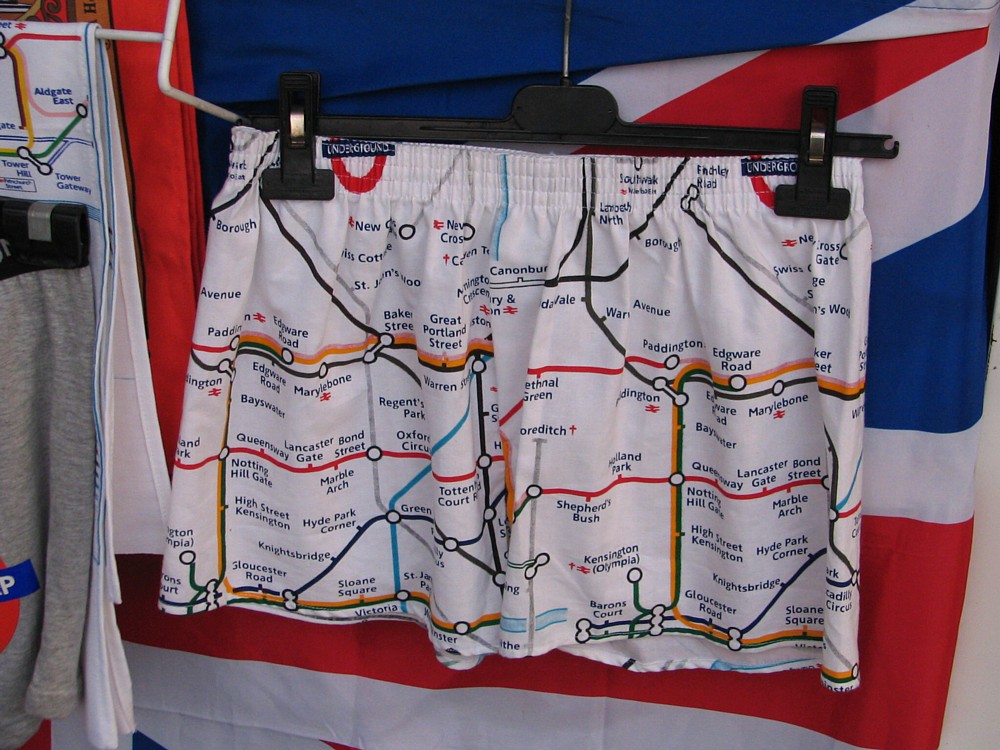Well, I managed to do a posting that I had merely hoped to do for Samizdata, about the Covid demo in London the weekend before last, linking back here to all the photos of it that I stuck up here.
Here. and there, I added some rather rambling verbiage about how I had mixed feelings about such demos. Do they work? What do they achieve? That kind of thing.
And I really liked Perry de Havilland’s comment on my Samizdata piece in response:
Demonstrations are much misunderstood; particularly ones like this (& this was a huge demonstration).
They are not going to change state policy directly because that just isn’t how things work, they are mostly about deisolating activists, they are about demonstrating to the demonstrators that they are not crazy (even if some of them are as is the case in any group of disparate people).
Demonstrations are a building process. Demonstrations in this case are particularly effective at highlighting assorted lies about this particular disease. After all, get hundreds of thousands unmasked unvaccinated people shouting for a few hours face to face, there is going to be an observable spike in deaths each time, right? Right? 🤣
Some demonstrations against the lockdown got hammered by the police earlier on … why? Because they were small enough to get hammered by the police to try and discourage other demonstrations. In this demonstration, the police were so vastly outnumbered, by a march that refused to even tell the police where it was going to march (by design), there was never any chance it could be stopped with truncheons. And the demonstration’s organisation was connected yet dispersed, utterly protean: a couple organisers were arrested before the march to try and derail it, and expecting that, others on various platforms seamlessly took over.
What THAT demonstrates to the marchers is that resistance is not futile, they are not alone. In fact, they are legion. It was an anti-lockdown march but it was also an anti-media march, giving lie to the idea that utterly dominating the media dominates public opinion (as if Brexit had not already proven the falsity of that in the internet age). How many times do crap opinion polls have to get it wrong for demonstrable things (such as election & referendum outcomes) for you to stop believing them when things are less demonstrable?
If you don’t ‘get it; then who cares; you are most likely not the target audience. But these marches are not a pointless hissy fit like some marches, these particular marches are literal in-your-face defiance of instructions by the state intending to protect you from “the inevitable consequences of a terrible disease spreading amongst crowds”. These marches are an absolute refusal to obey & a demonstration that the state relies on your willing even if grudging compliance, because there is a tipping point beyond which they do not have enough people with truncheons to force your compliance. That is what demonstrations like this are for & it is working just fine.
Perry and I have since talked further about this, and it is clear, from his and other comments, that libertarianism, as I merely speculated hopefully, really is spreading amongst those demonstrators. In general, says Perry, a lot of people are going to be radicalised by Covid, more precisely: by the response to Covid. This will take time, as the economic damage done by this response makes itself felt and as the facts start emerging in greater detail, both the scientific facts and the policy making facts. Of course, nothing like all of this radicalising will be in a libertarian direction, but a lot of it will.
And I had completely ignored the crucial point that this one was a demonstration in favour of the right to demonstrate, and in defiance of the claim that demonstrations would spread The Plague.
Perry and I also agreed that if it had been a real Plague – dead bodies in the street, double digit percentage deaths and so on – our attitude would have been very different. This is an argument about the mishandling of medical data, not just a libertarian “hissy fit”, to quote his phrase.
Although, I rather suspect that for many, “hissy fit” is simply a demonstration they don’t agree with. Which was why I mentioned those pro-Remain demos in what I wrote at Samizdata. I disagreed with those demos, yet they were clearly demos, and they clearly will have consequences, even if not those that the demonstrators will be fully satisfied with, of just the sort that Perry described.
Perry also mentioned how getting to know this lady had informed his thinking on these matters. He zeroed in on this sentiment, that I also mentioned in that earlier posting:
Being a dissident wasn’t about overthrowing the regime; it was merely about staying sane.
In other words demos say, if only to the demonstrators, but typically also to many sympathetic but timid onlookers: You are not the only ones thinking like this.

